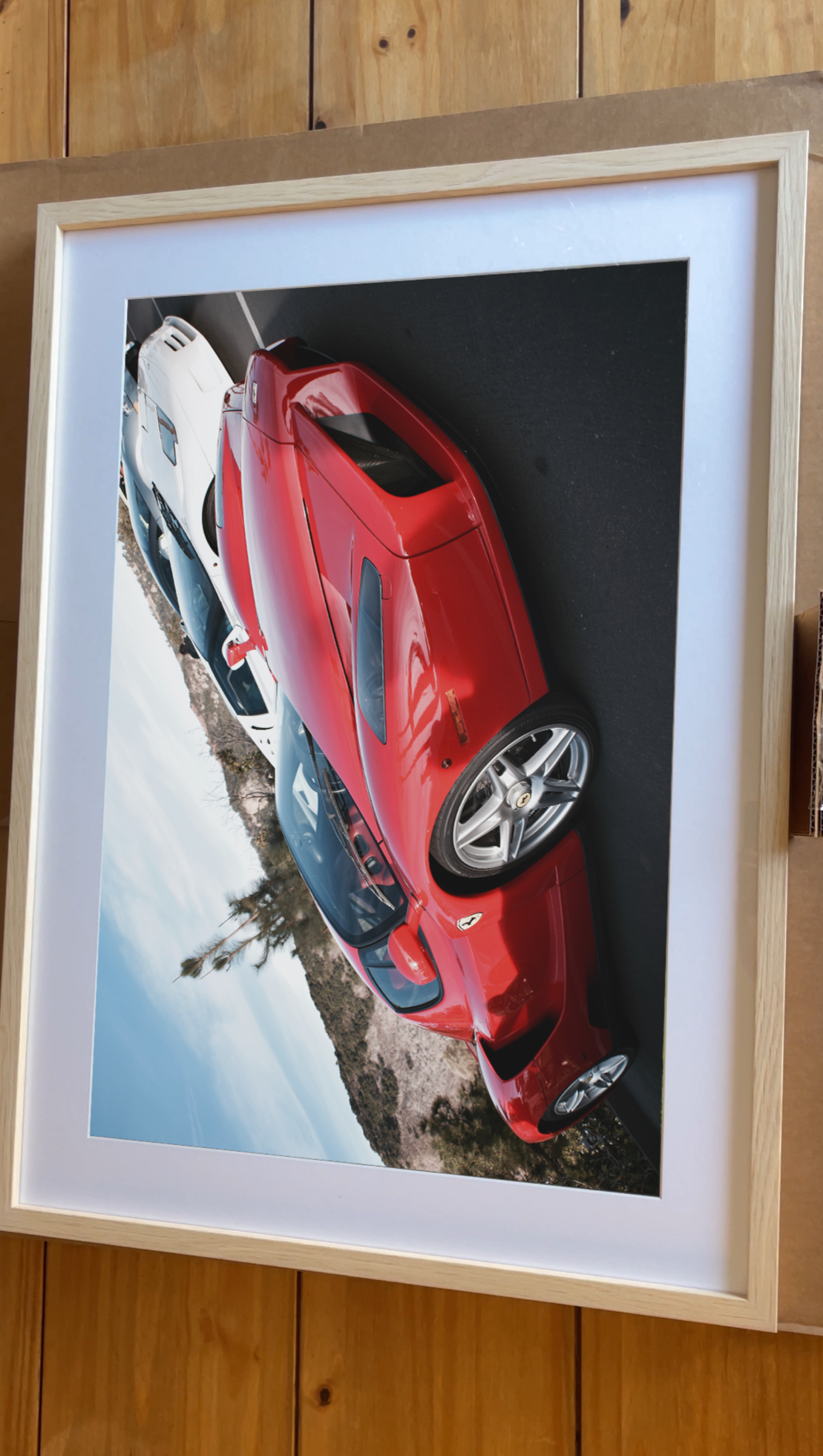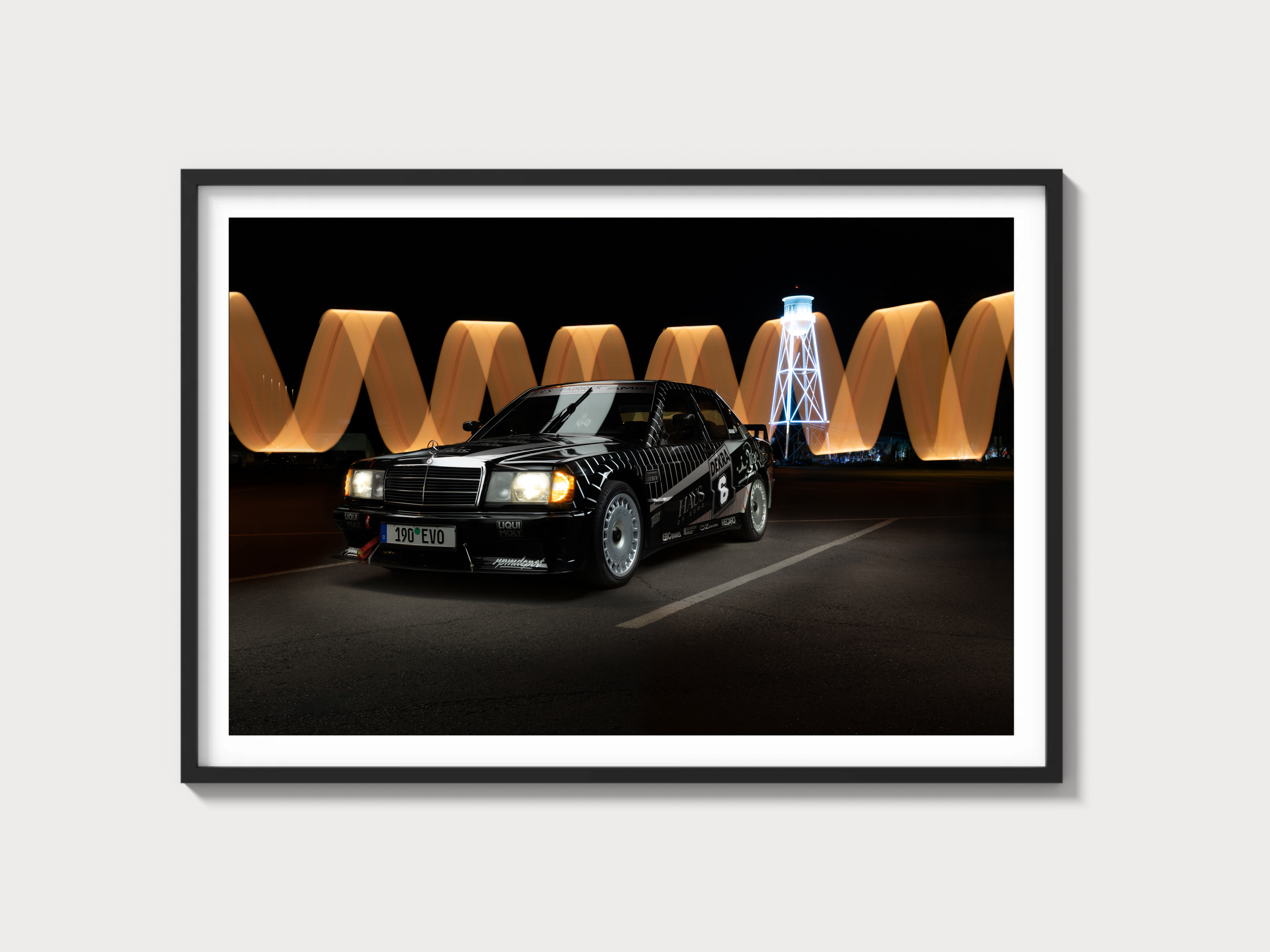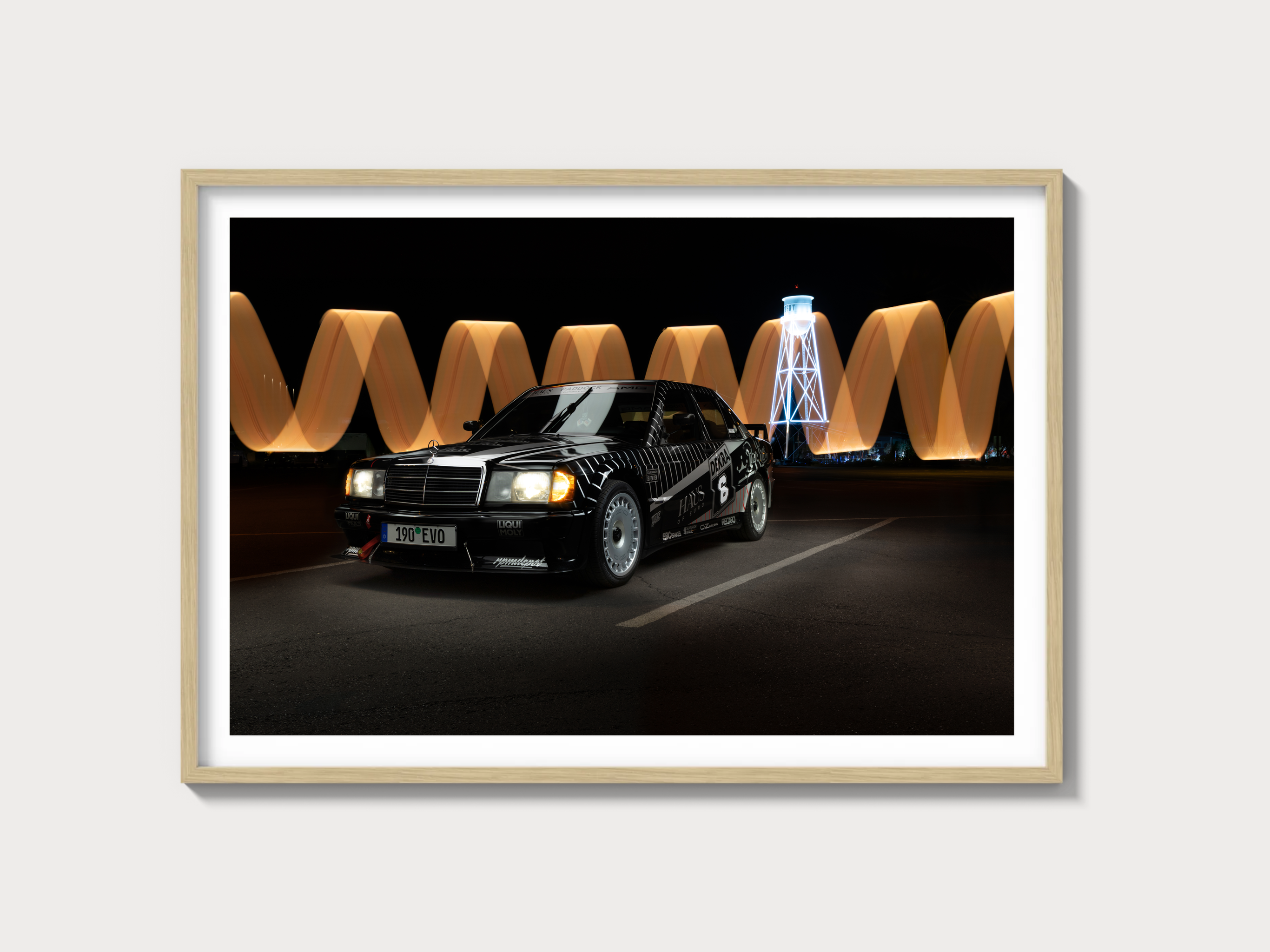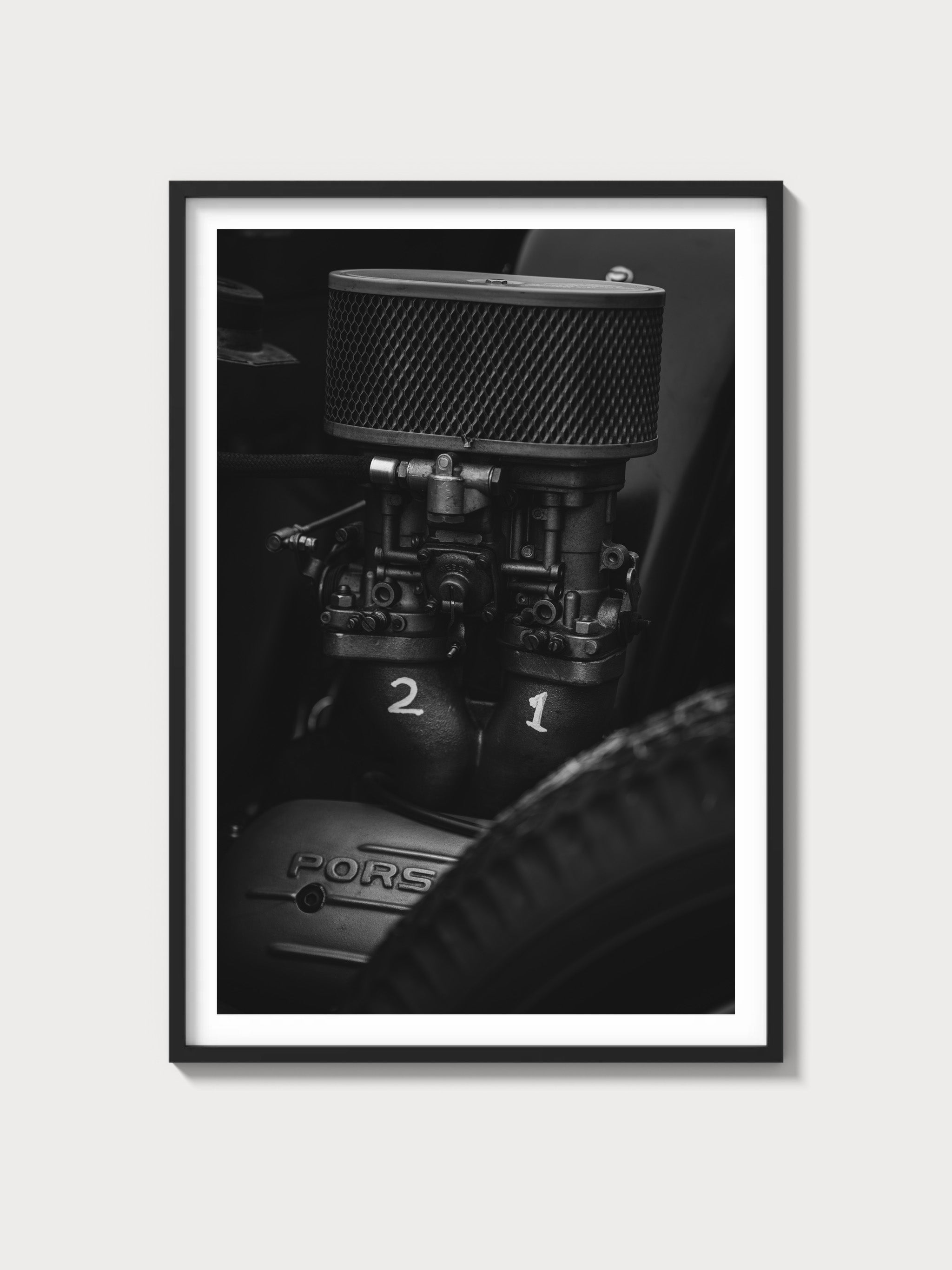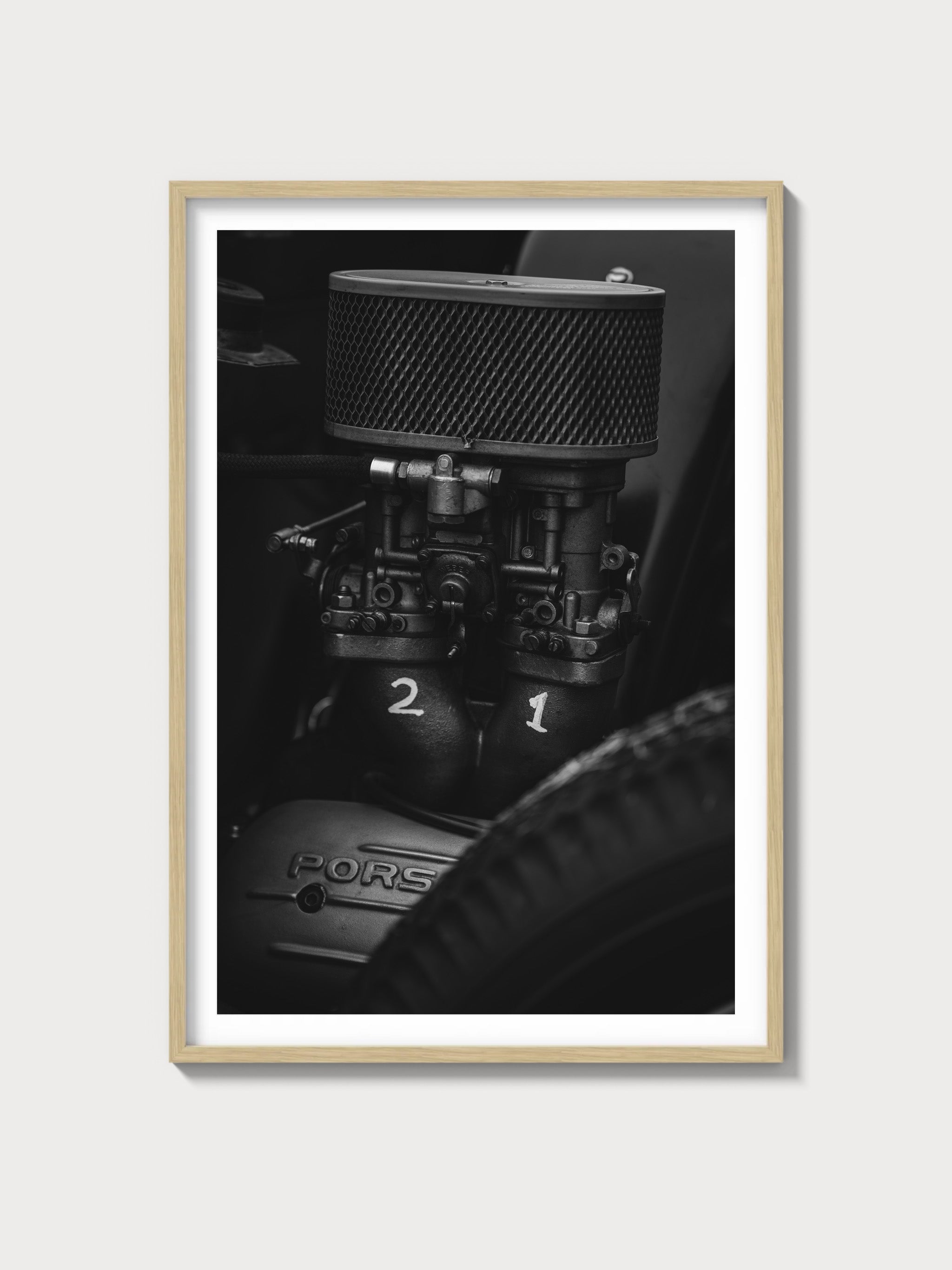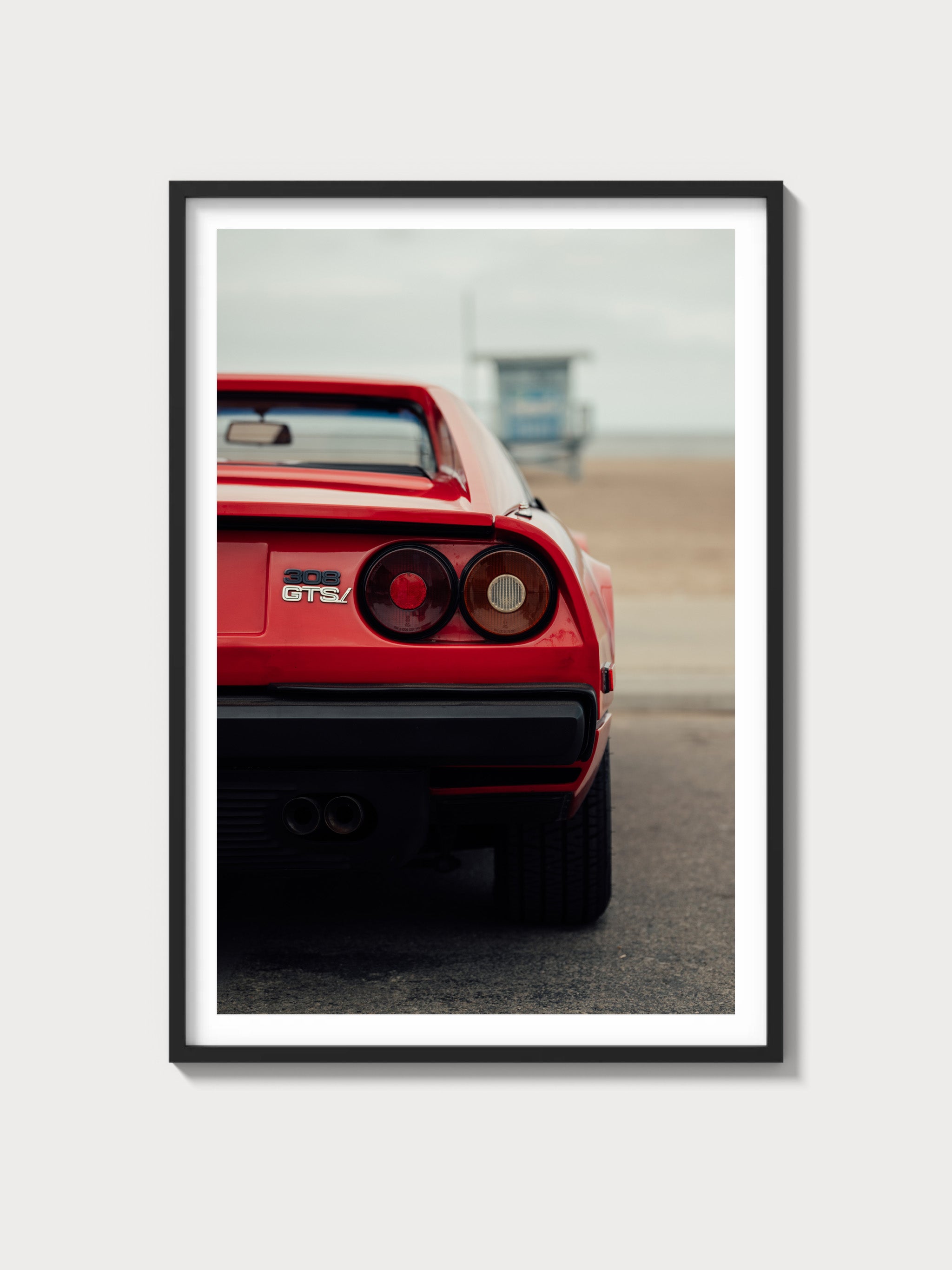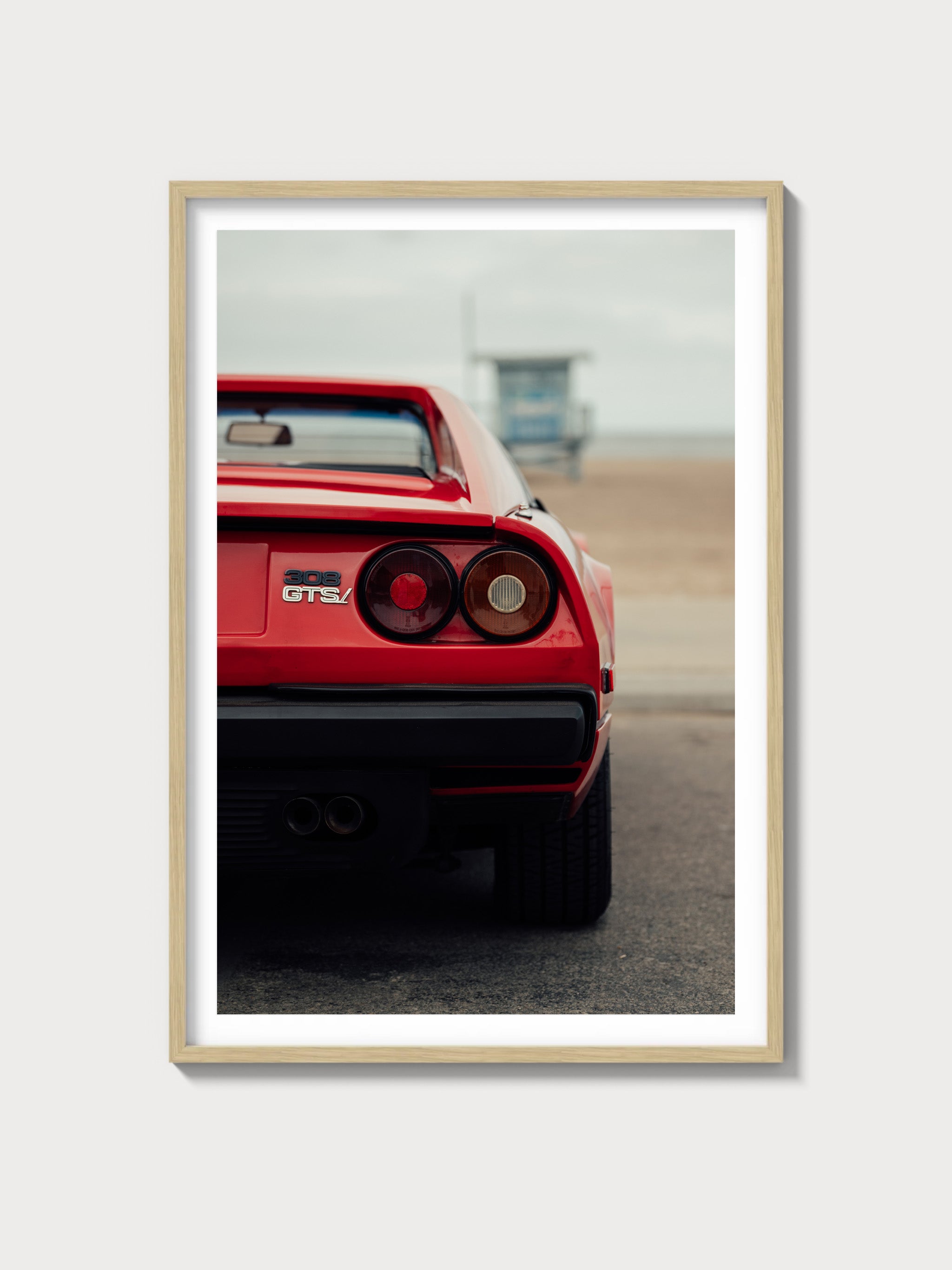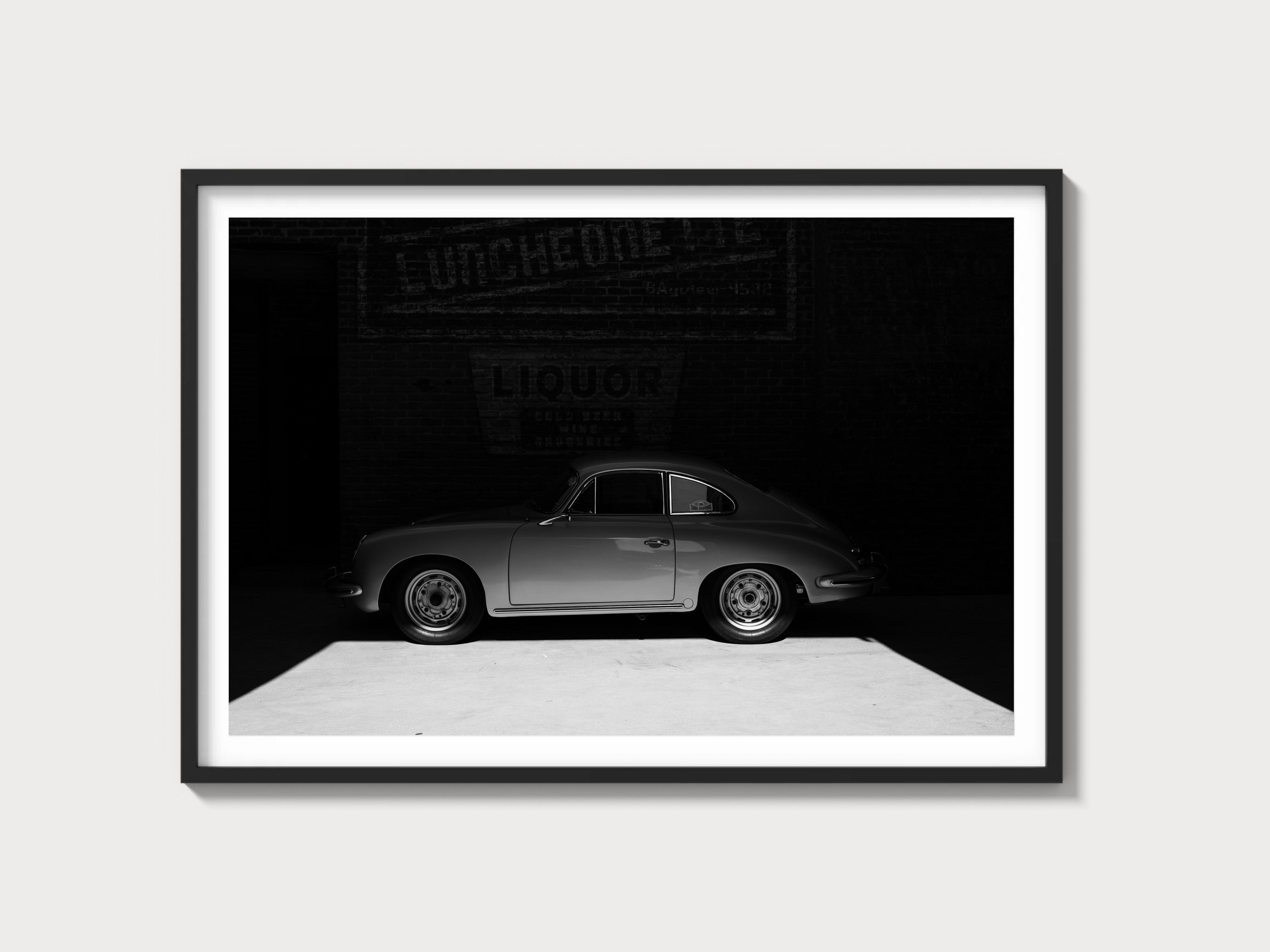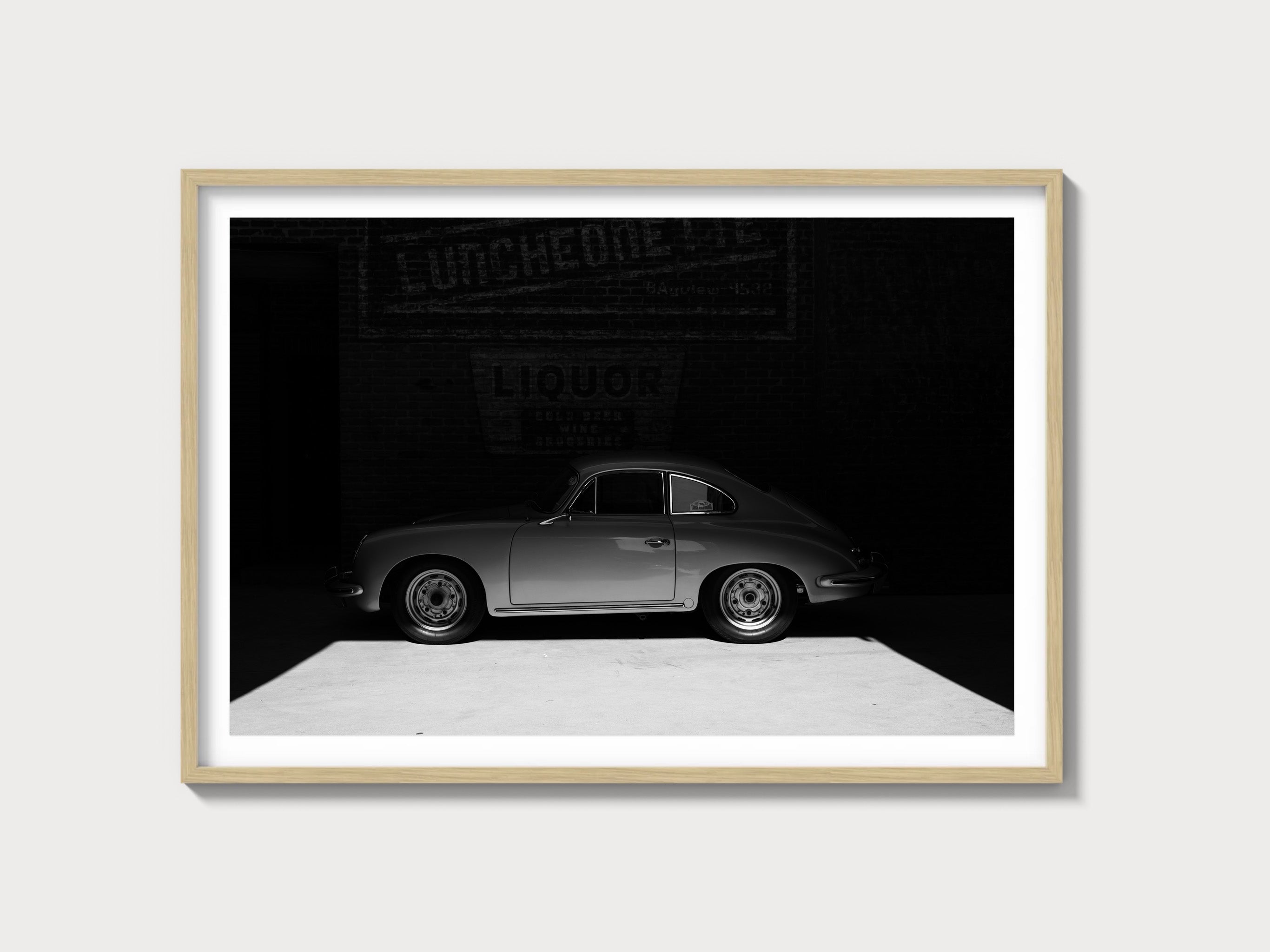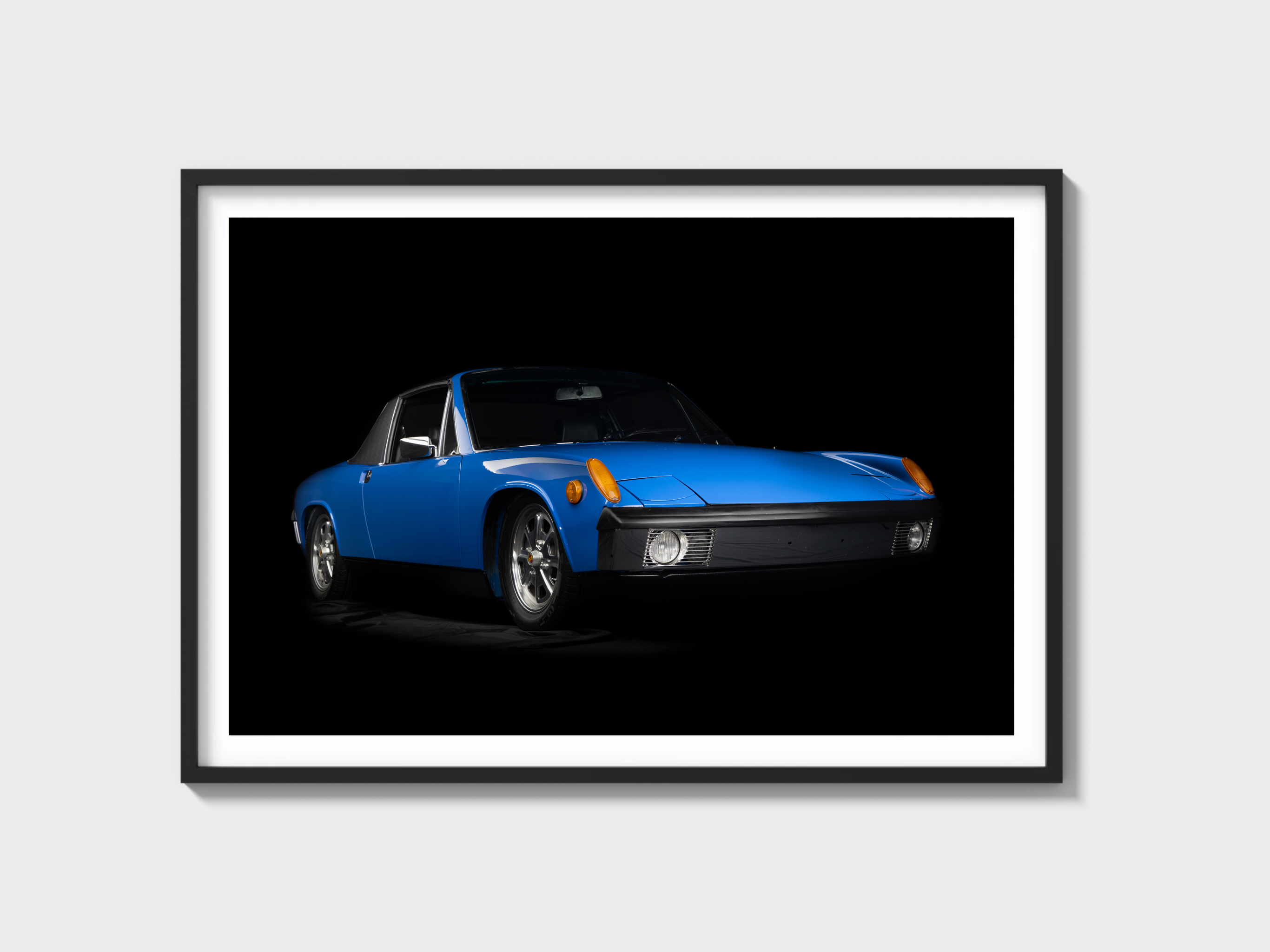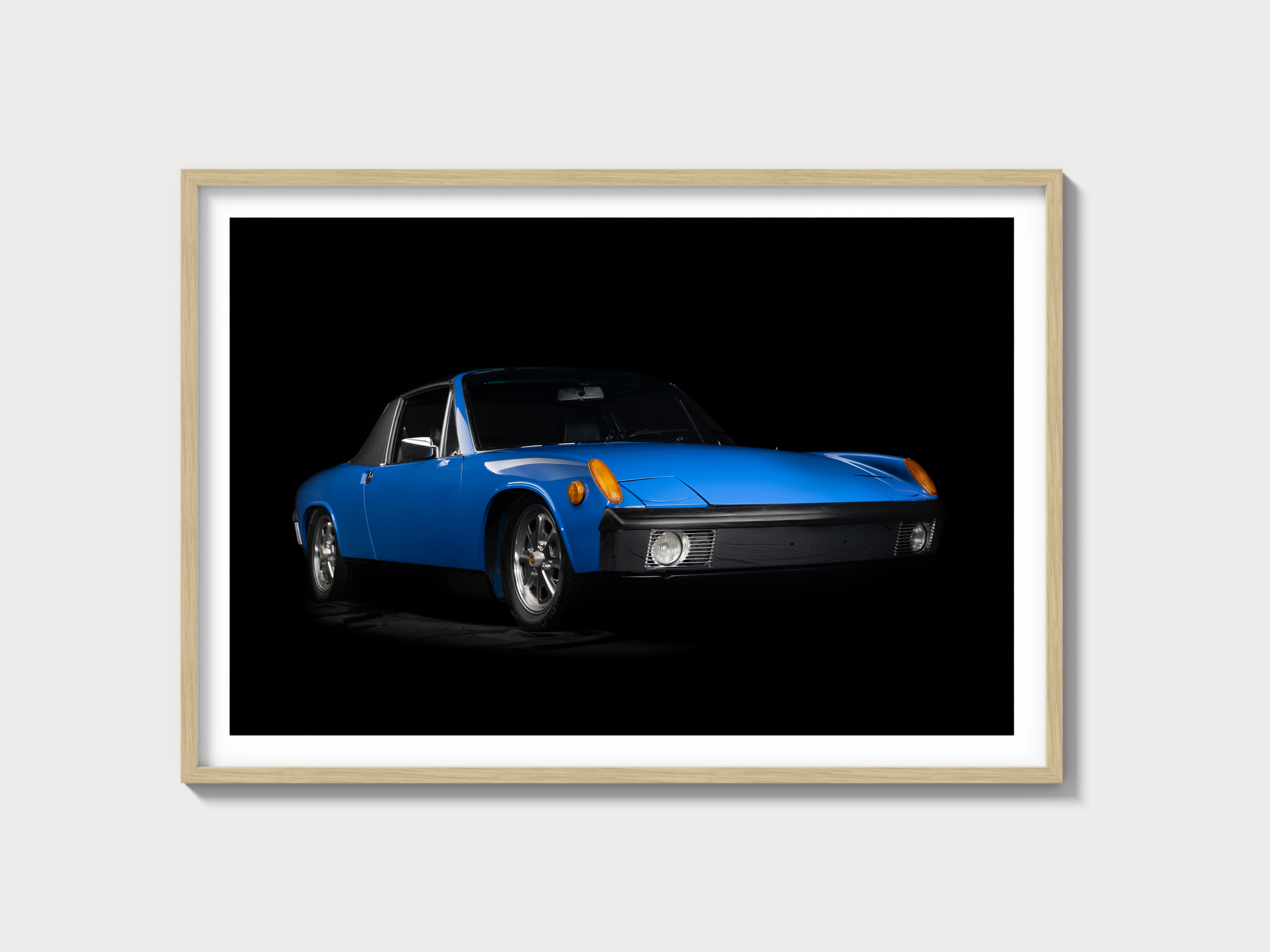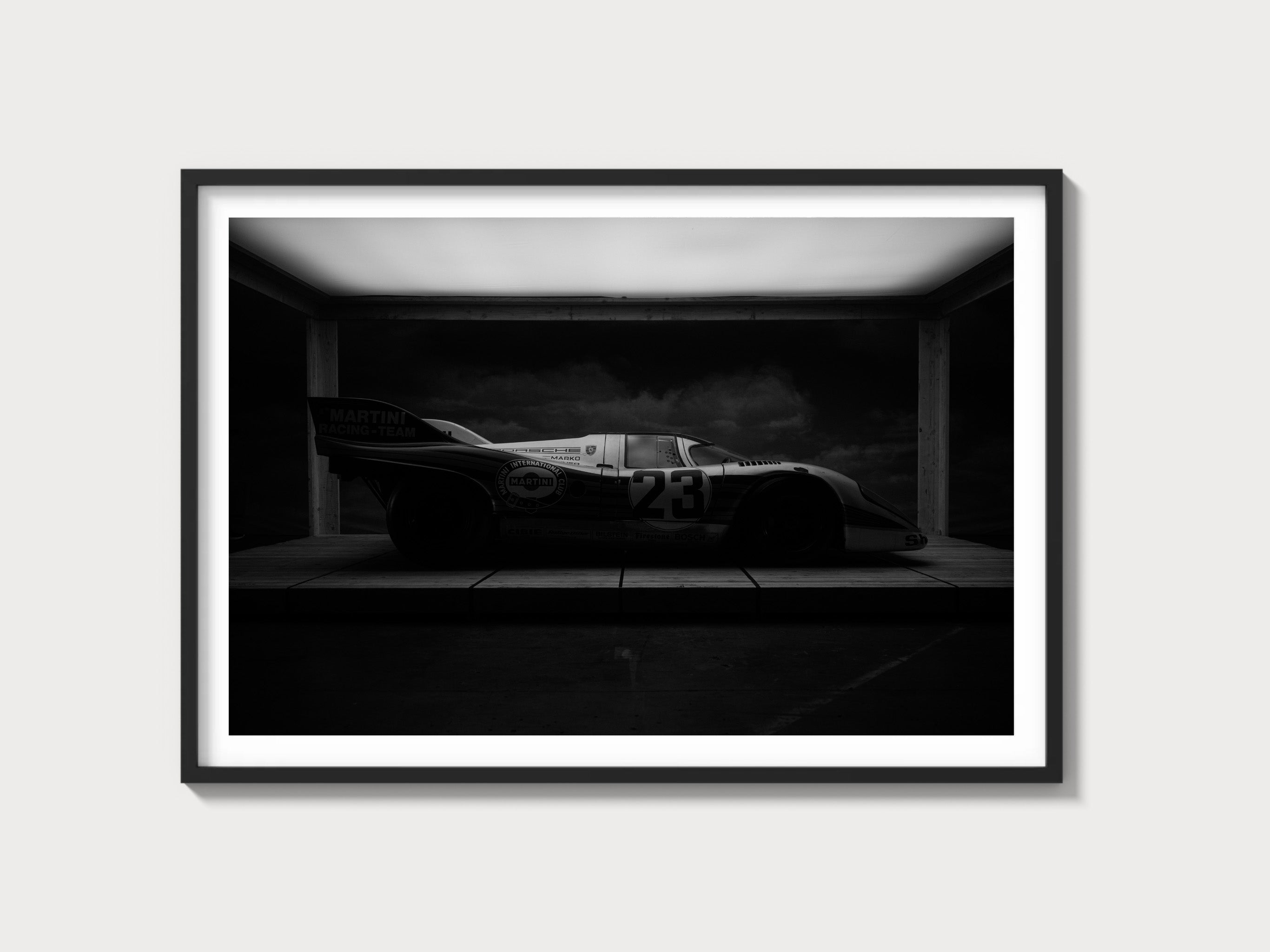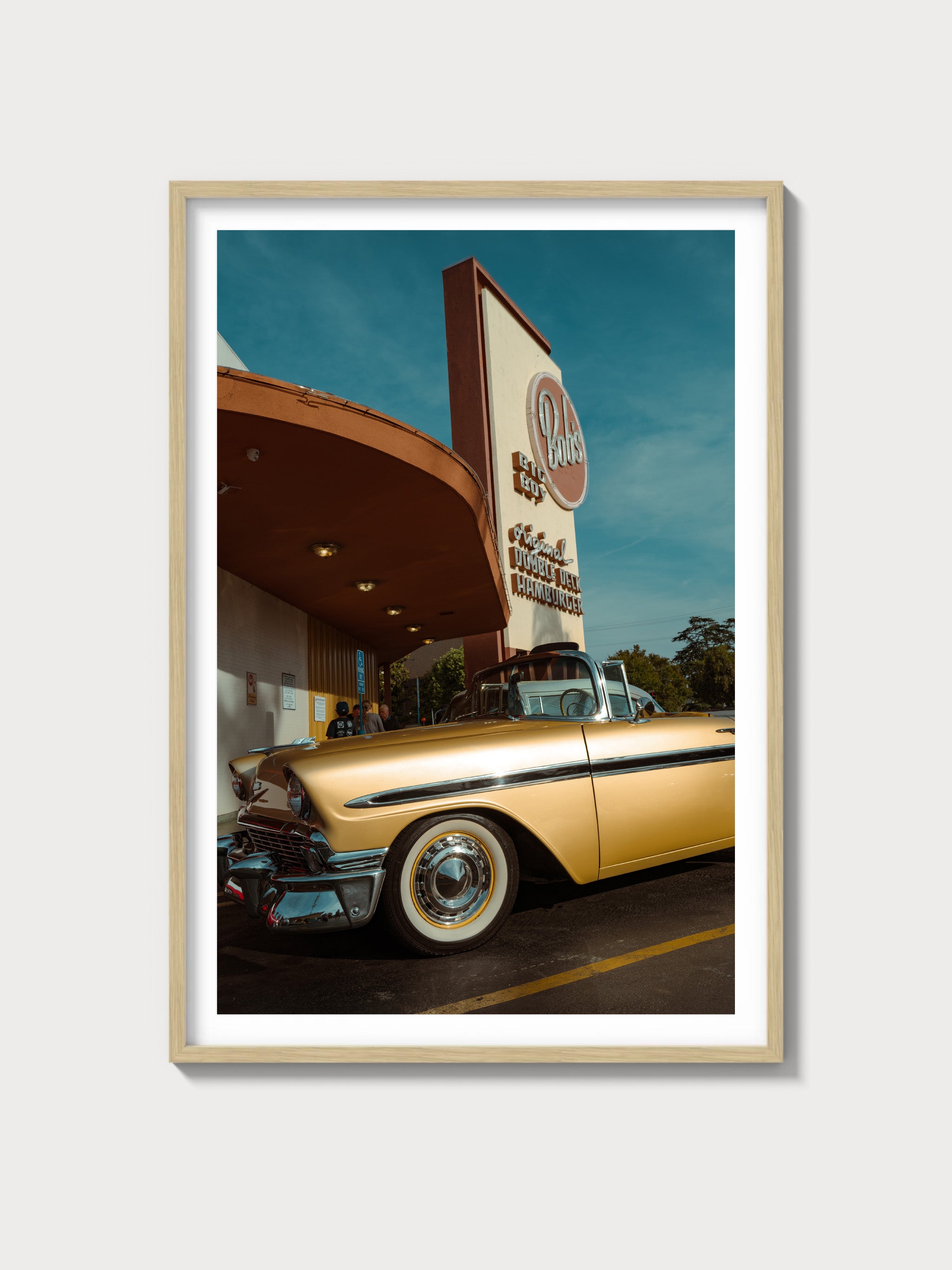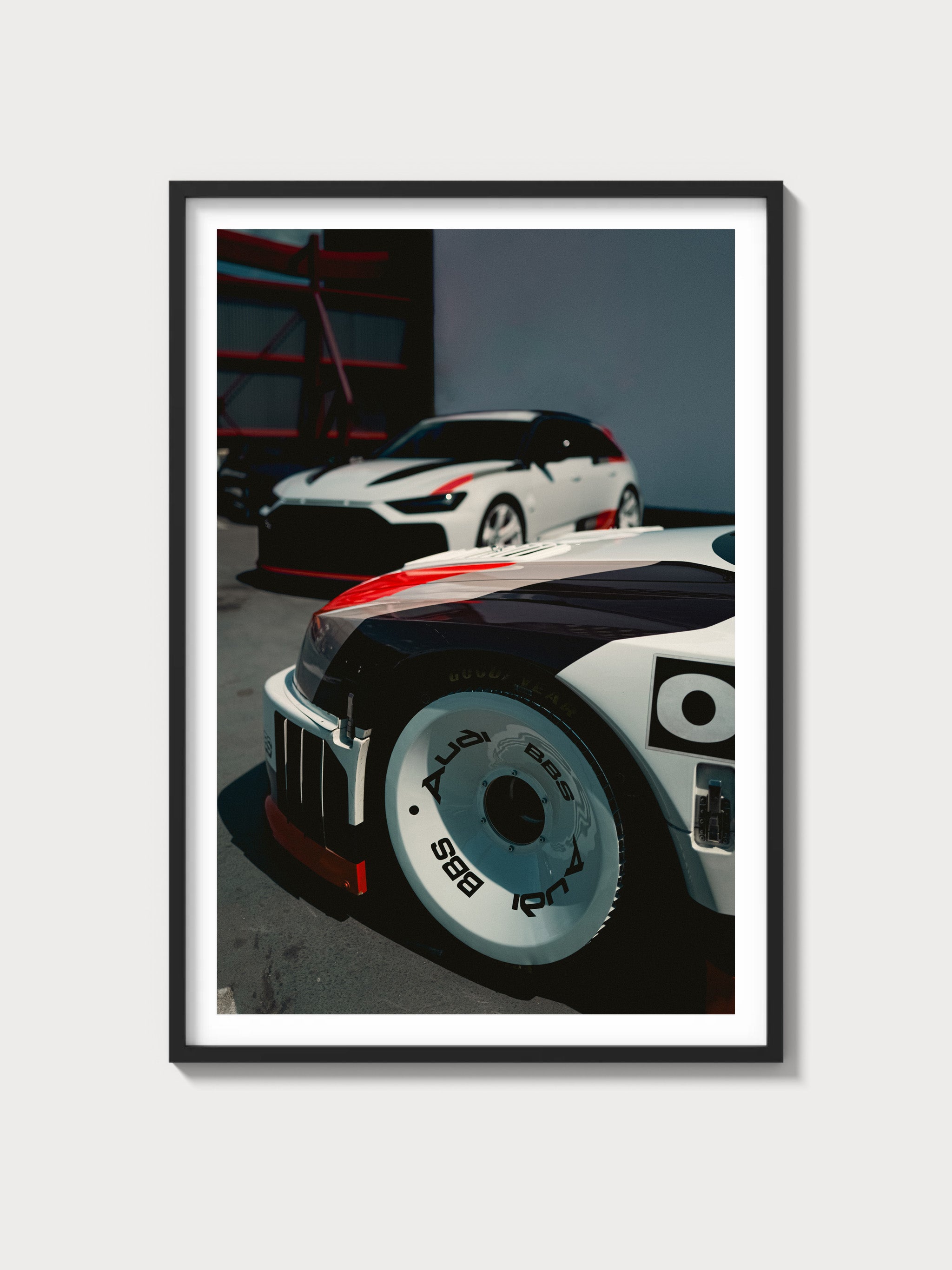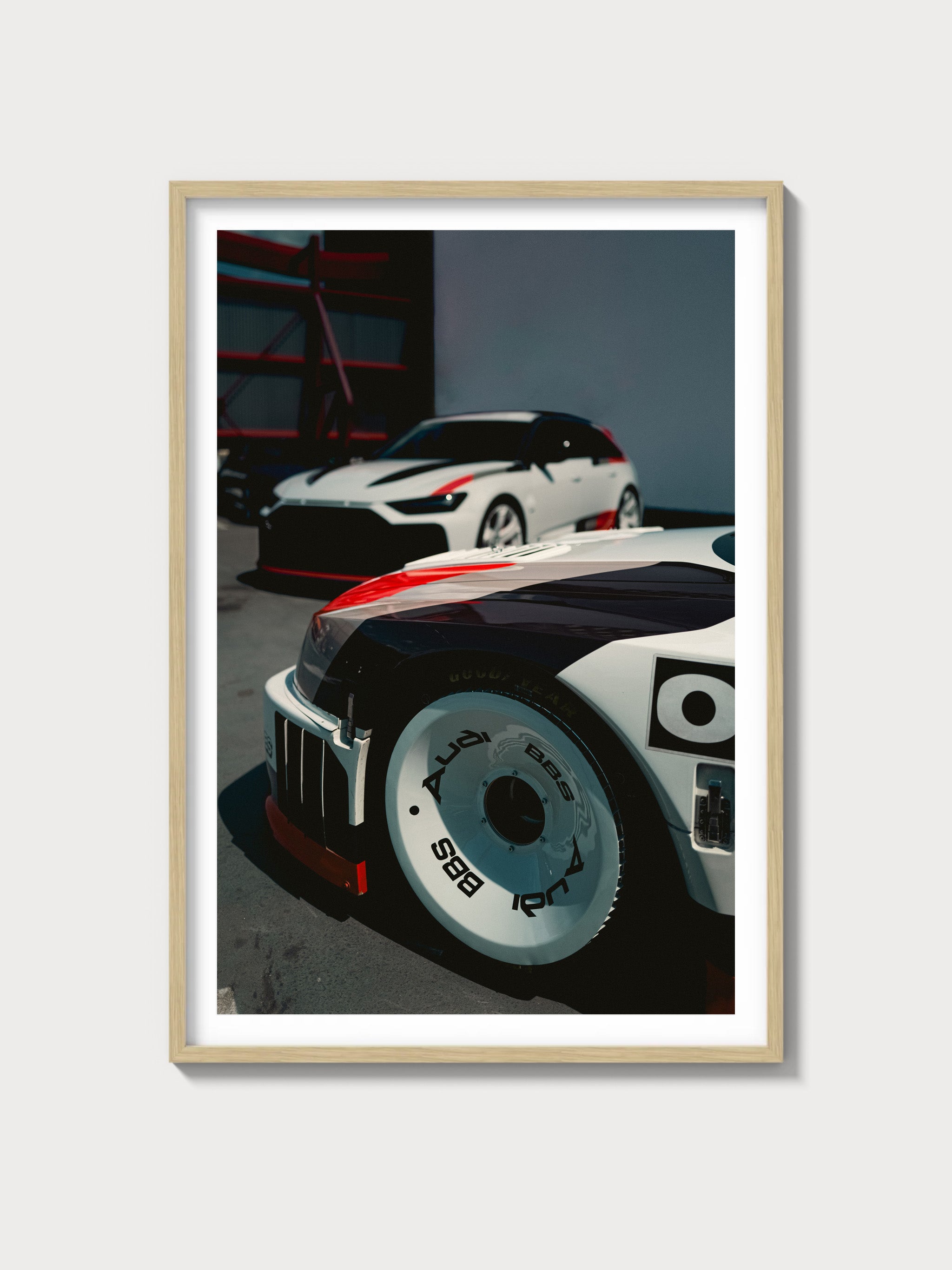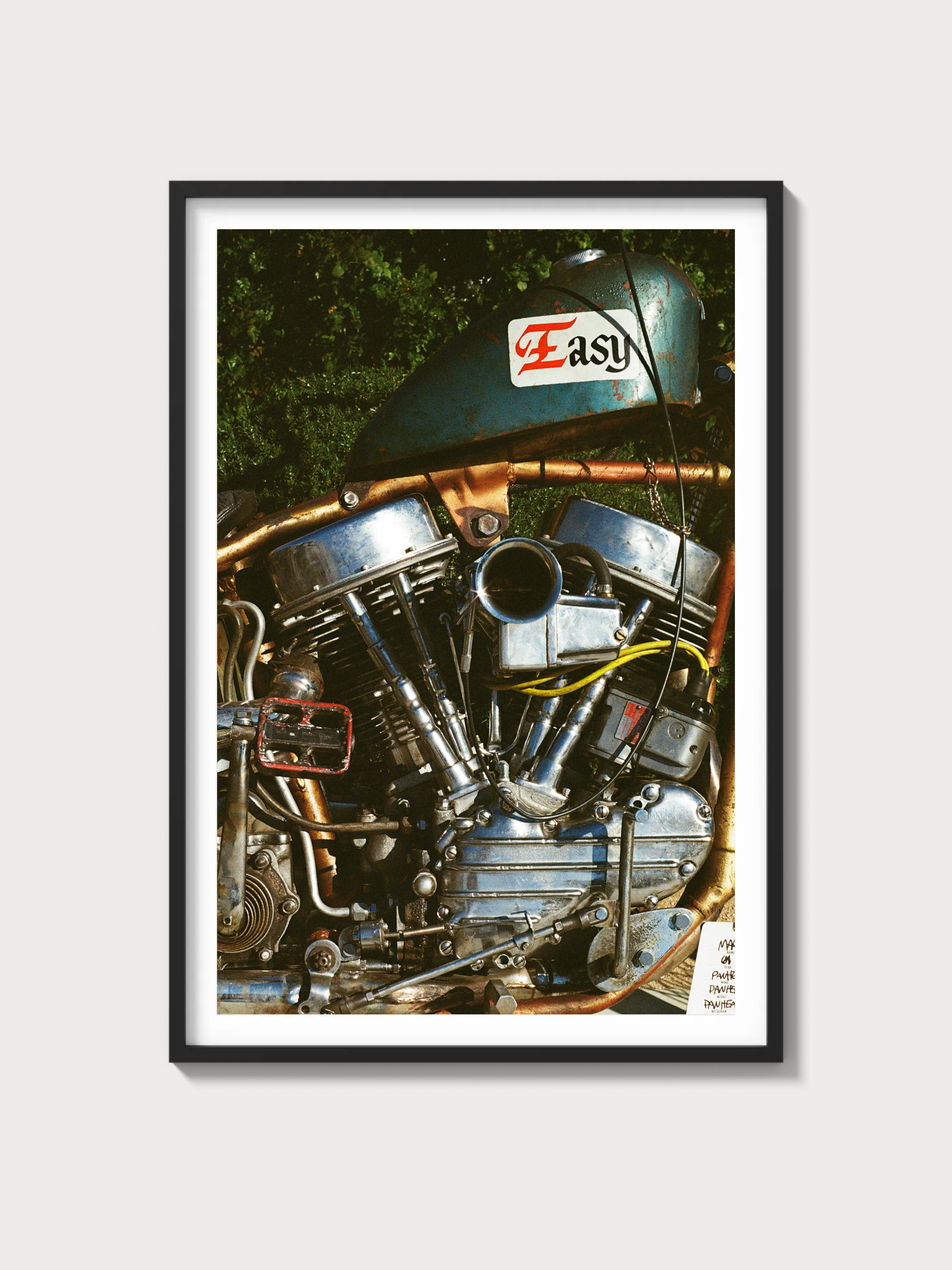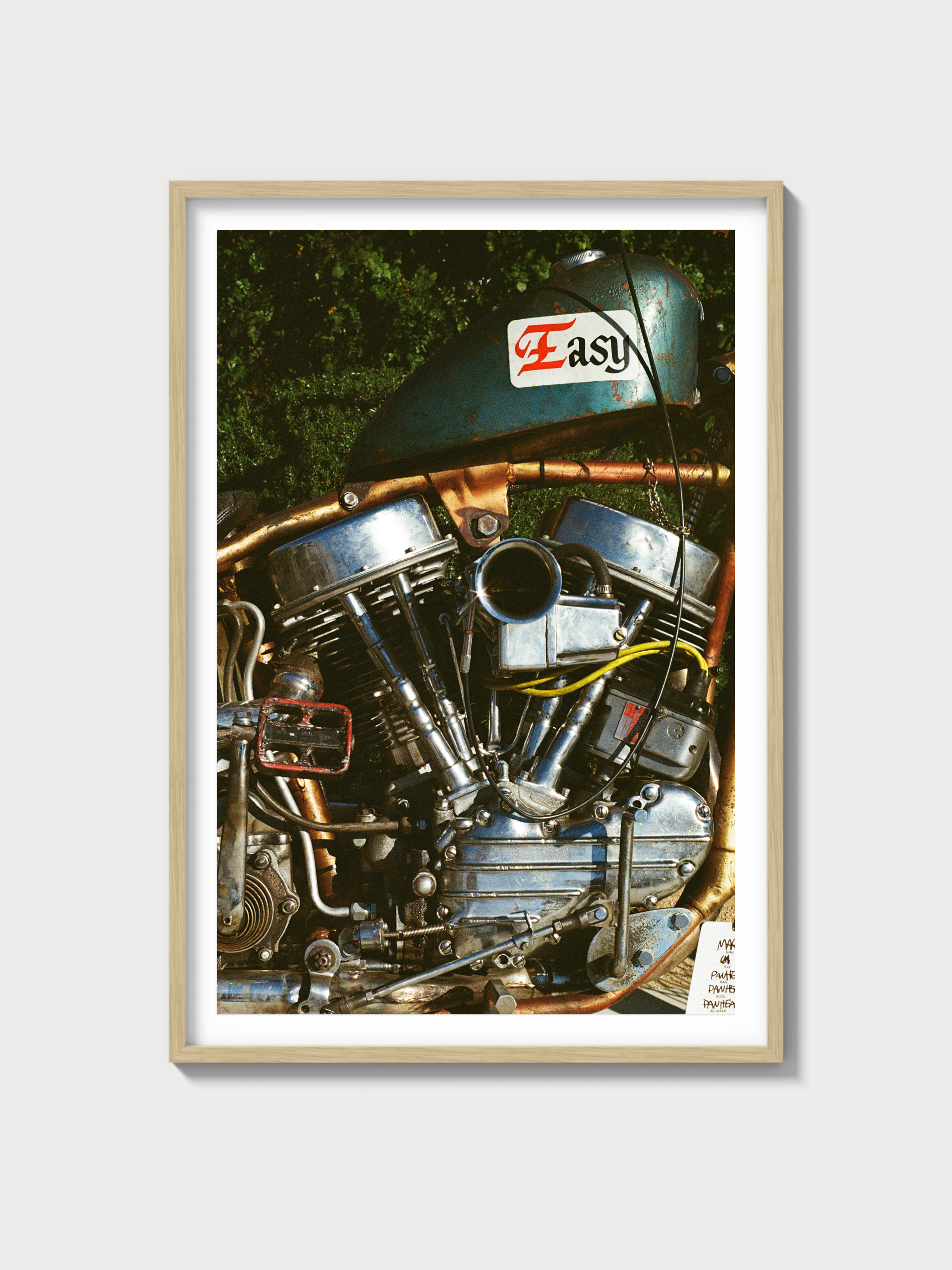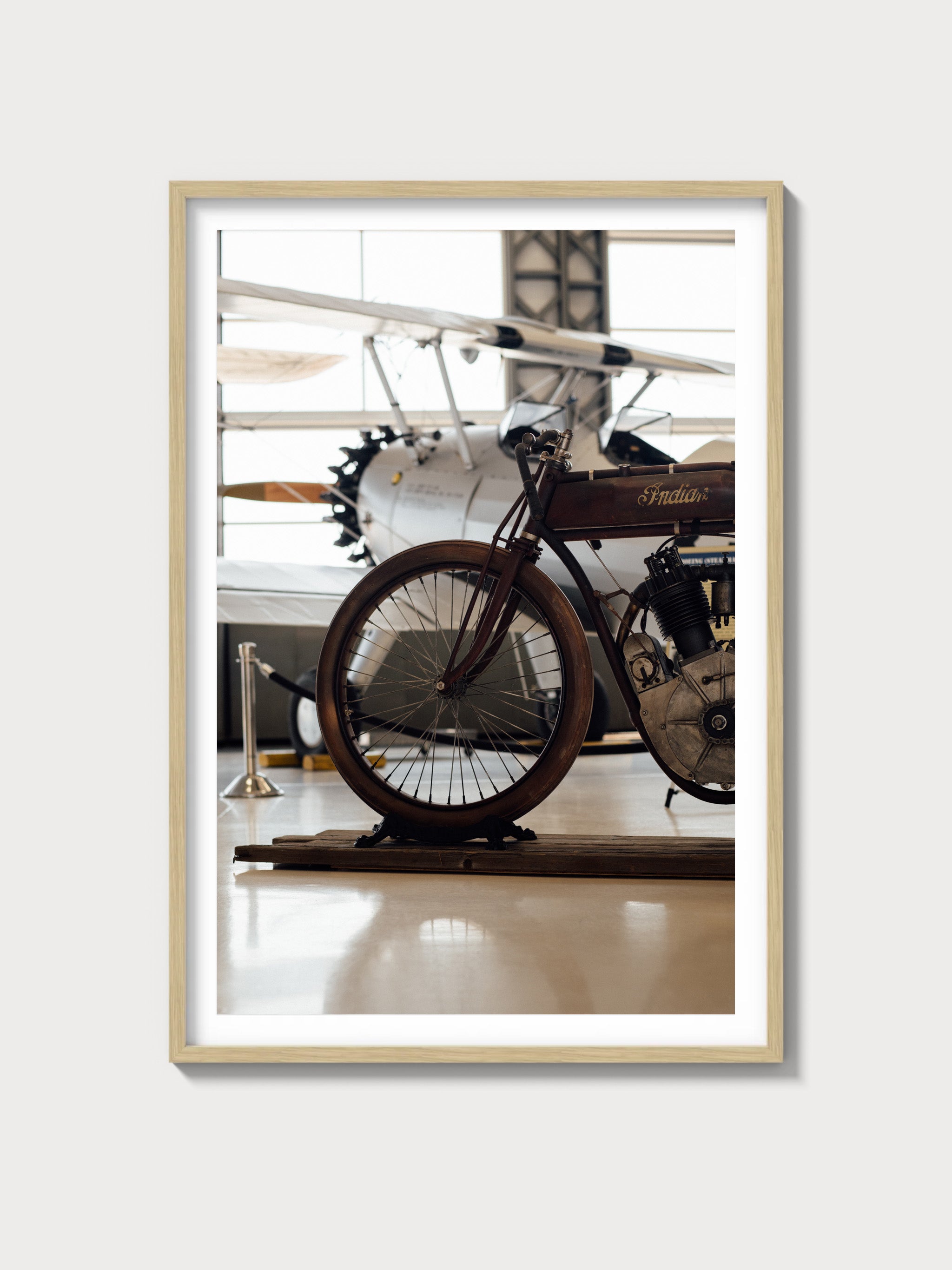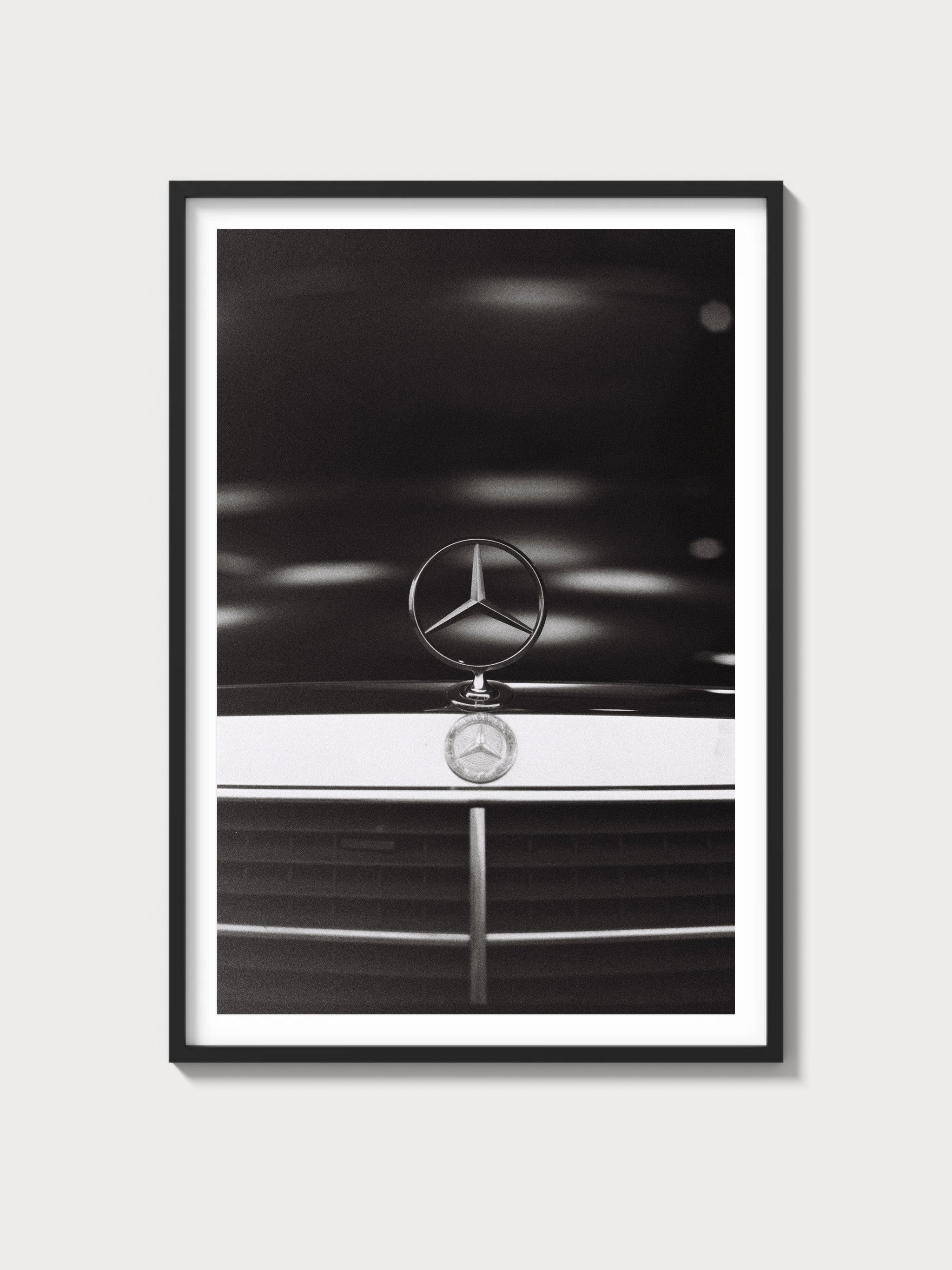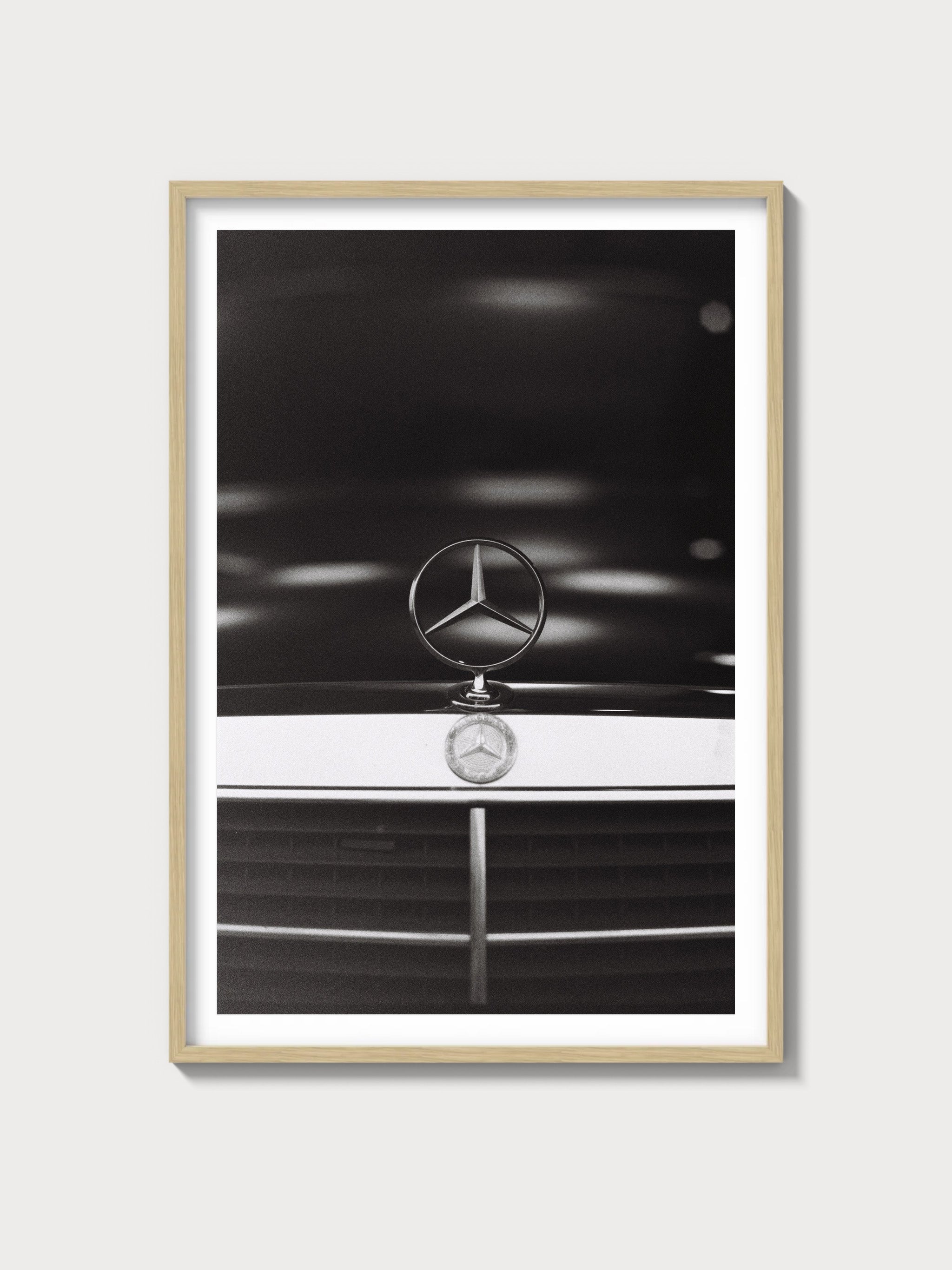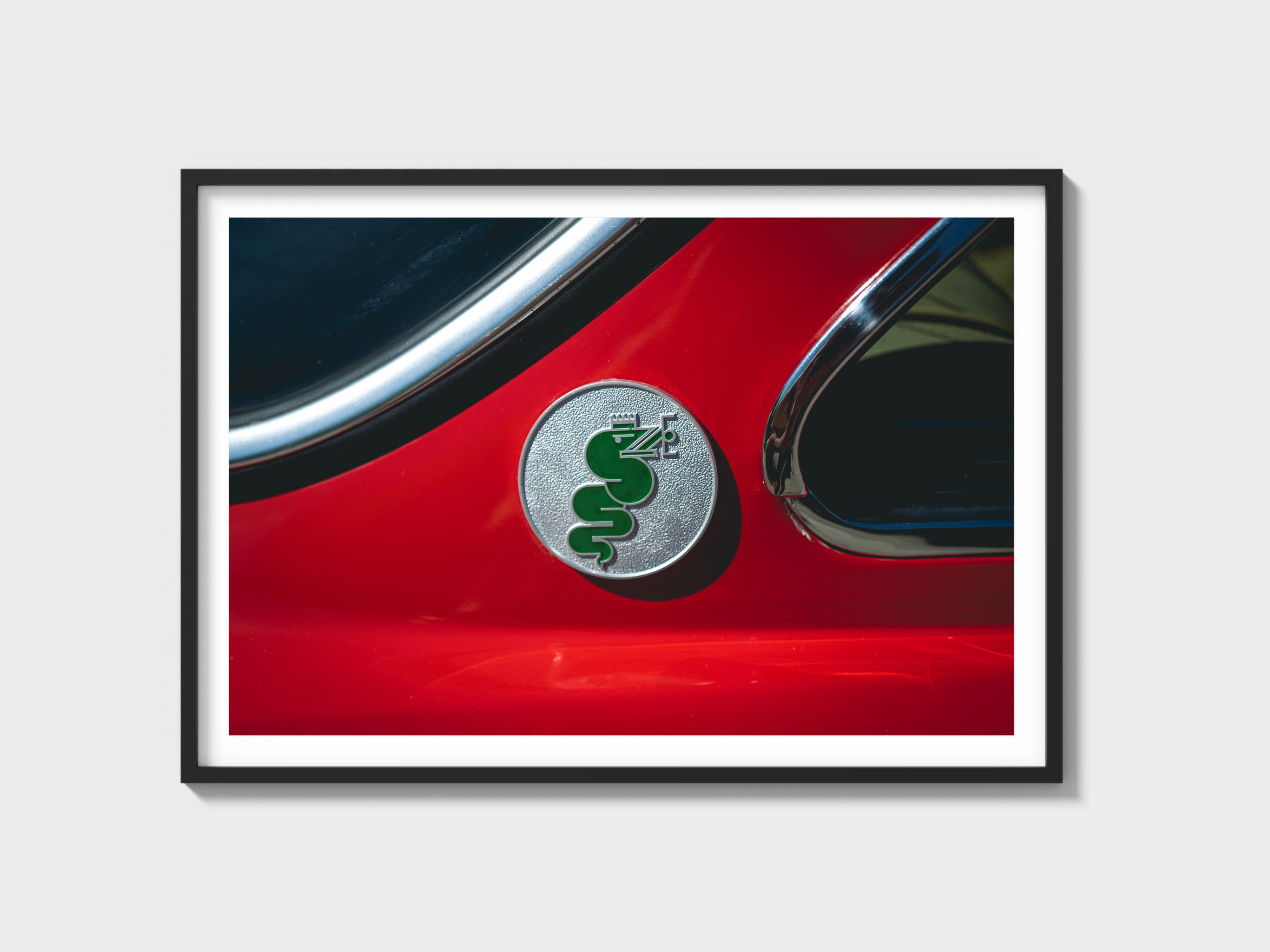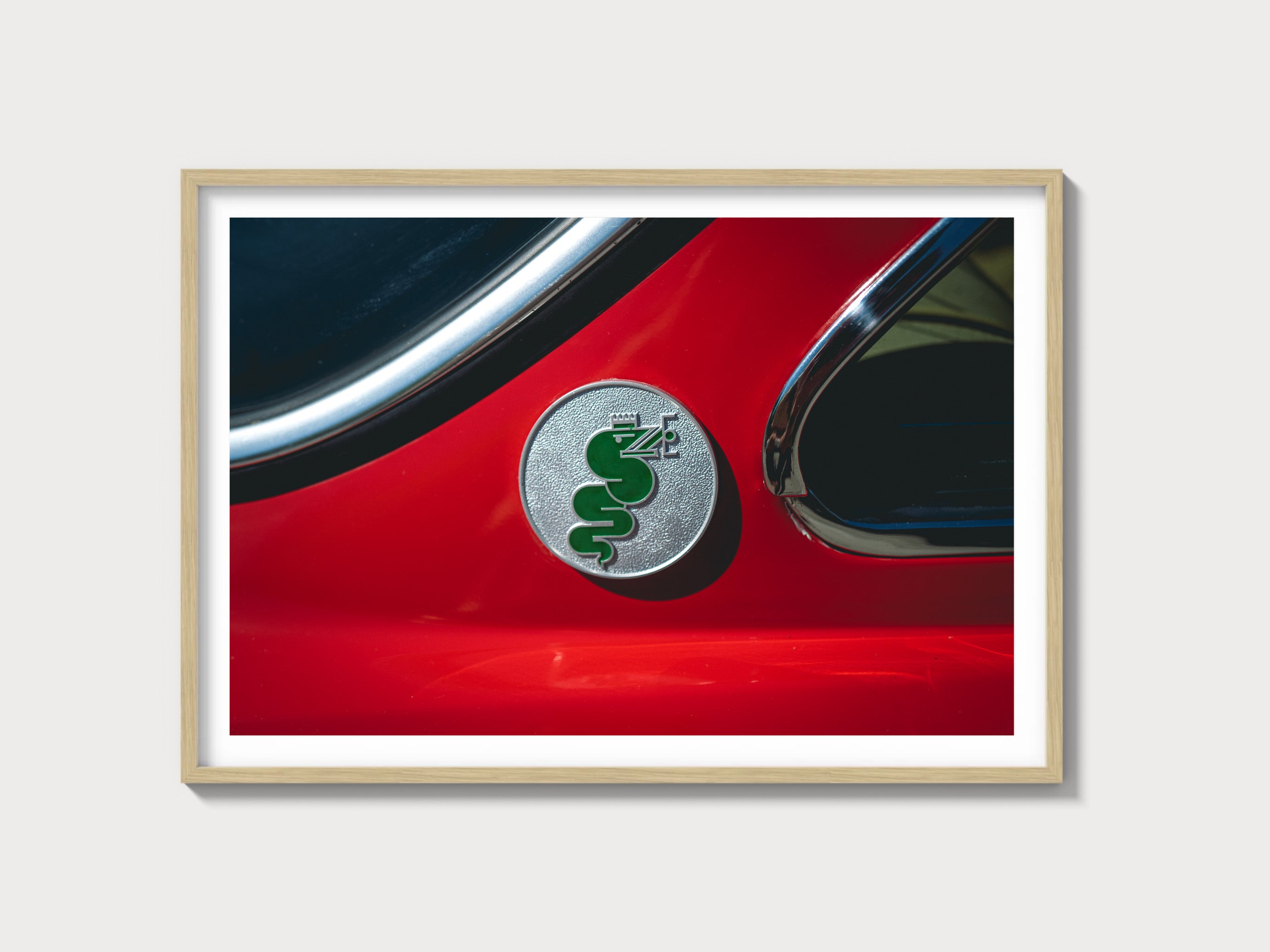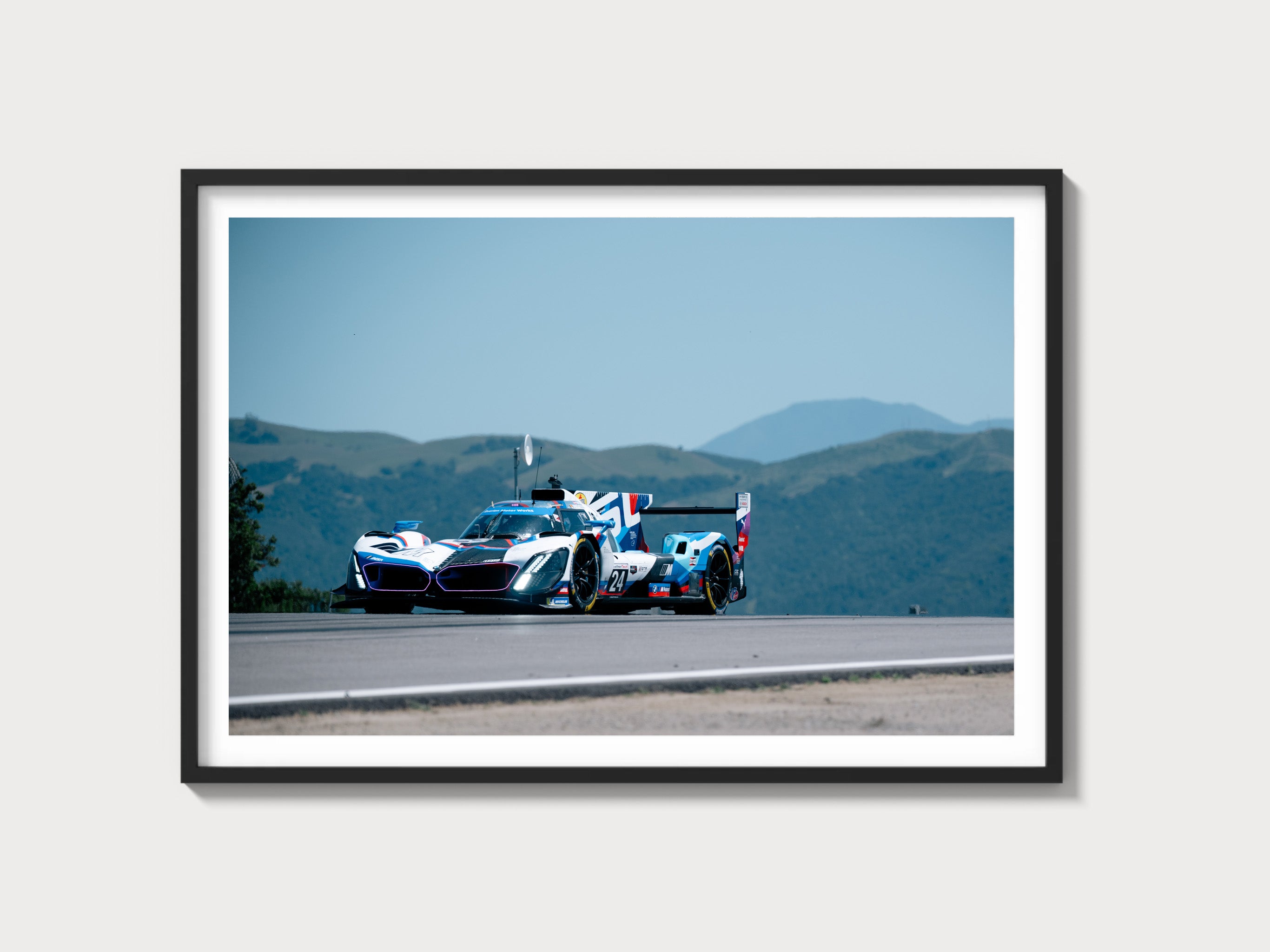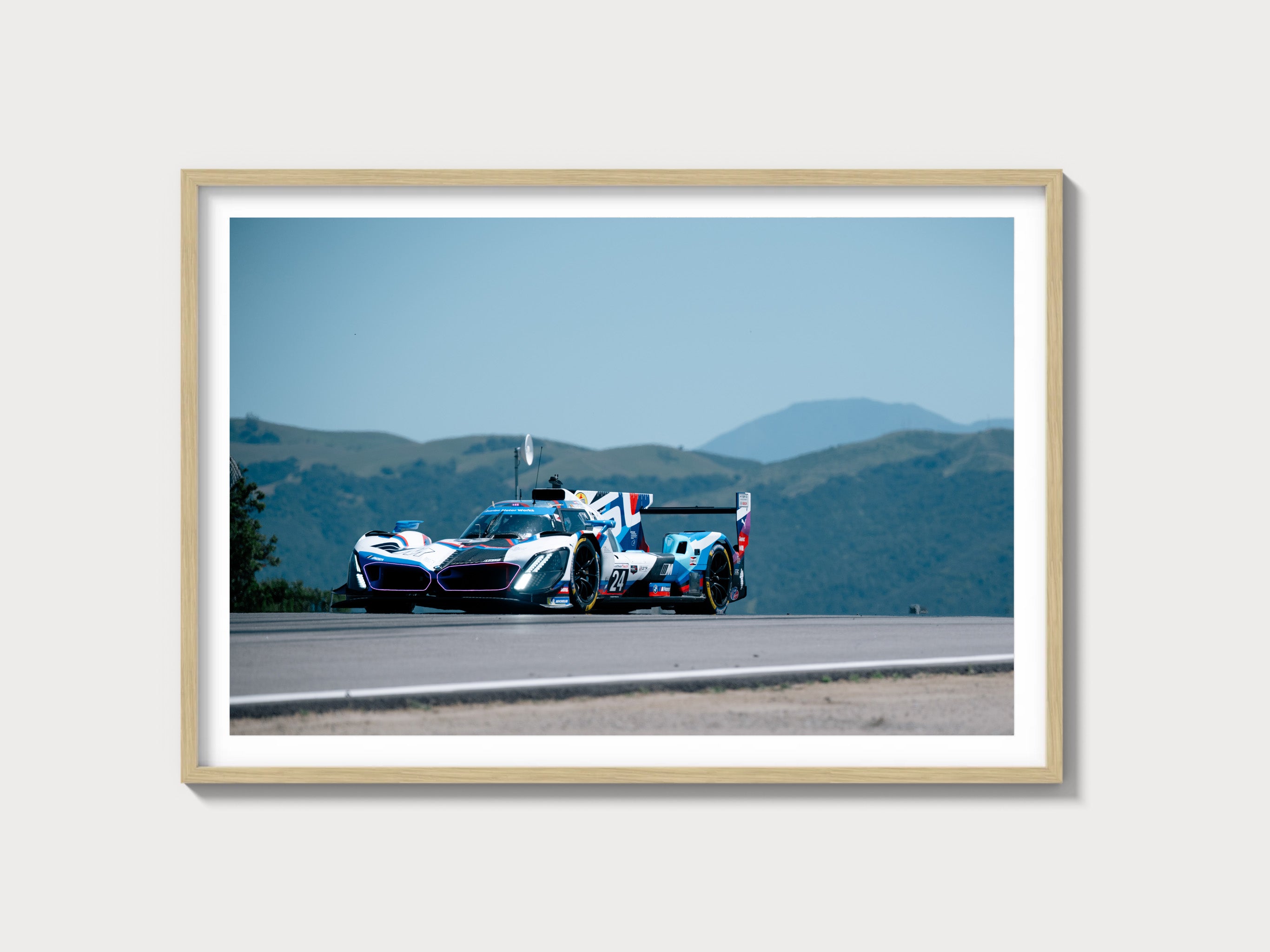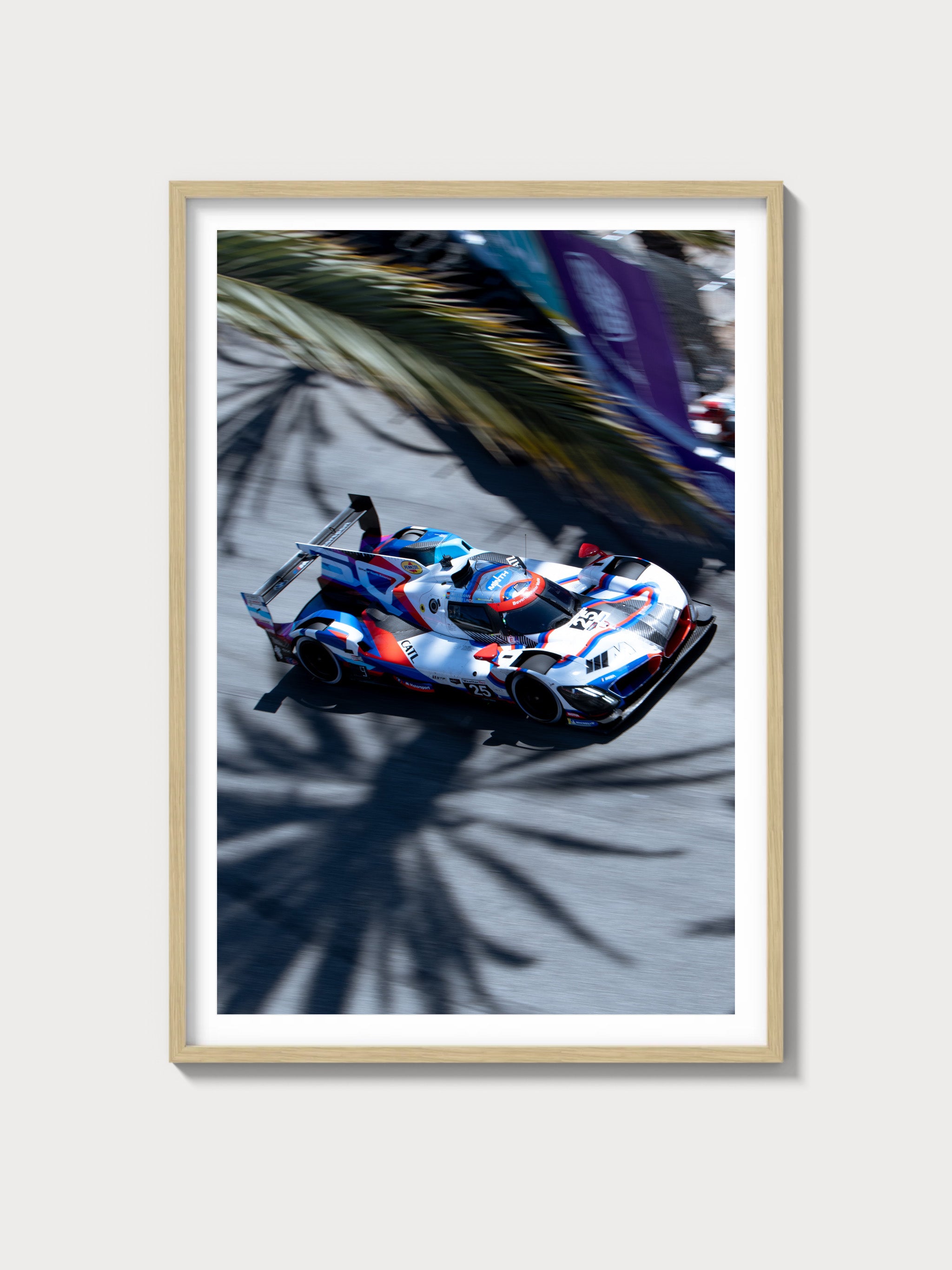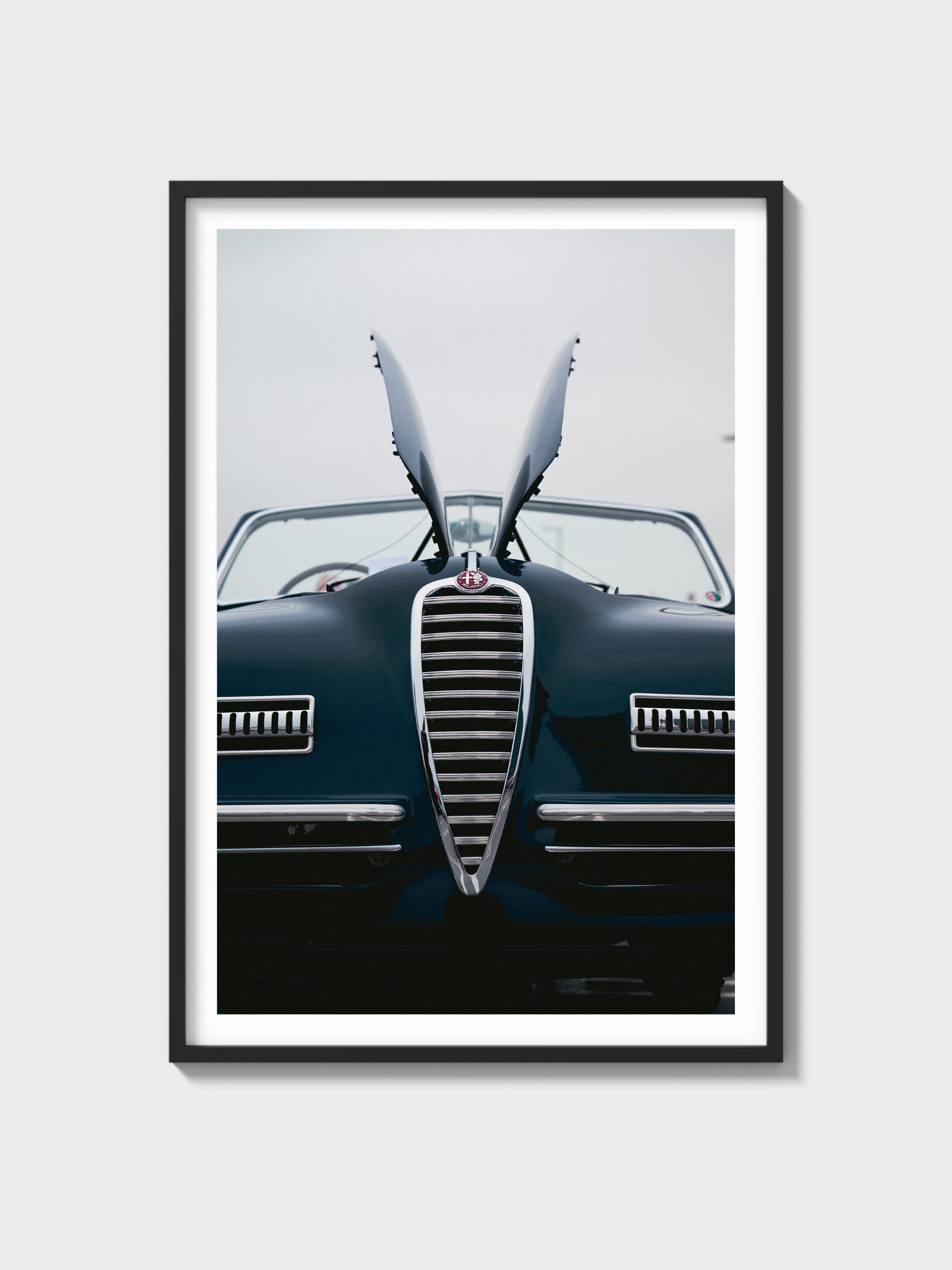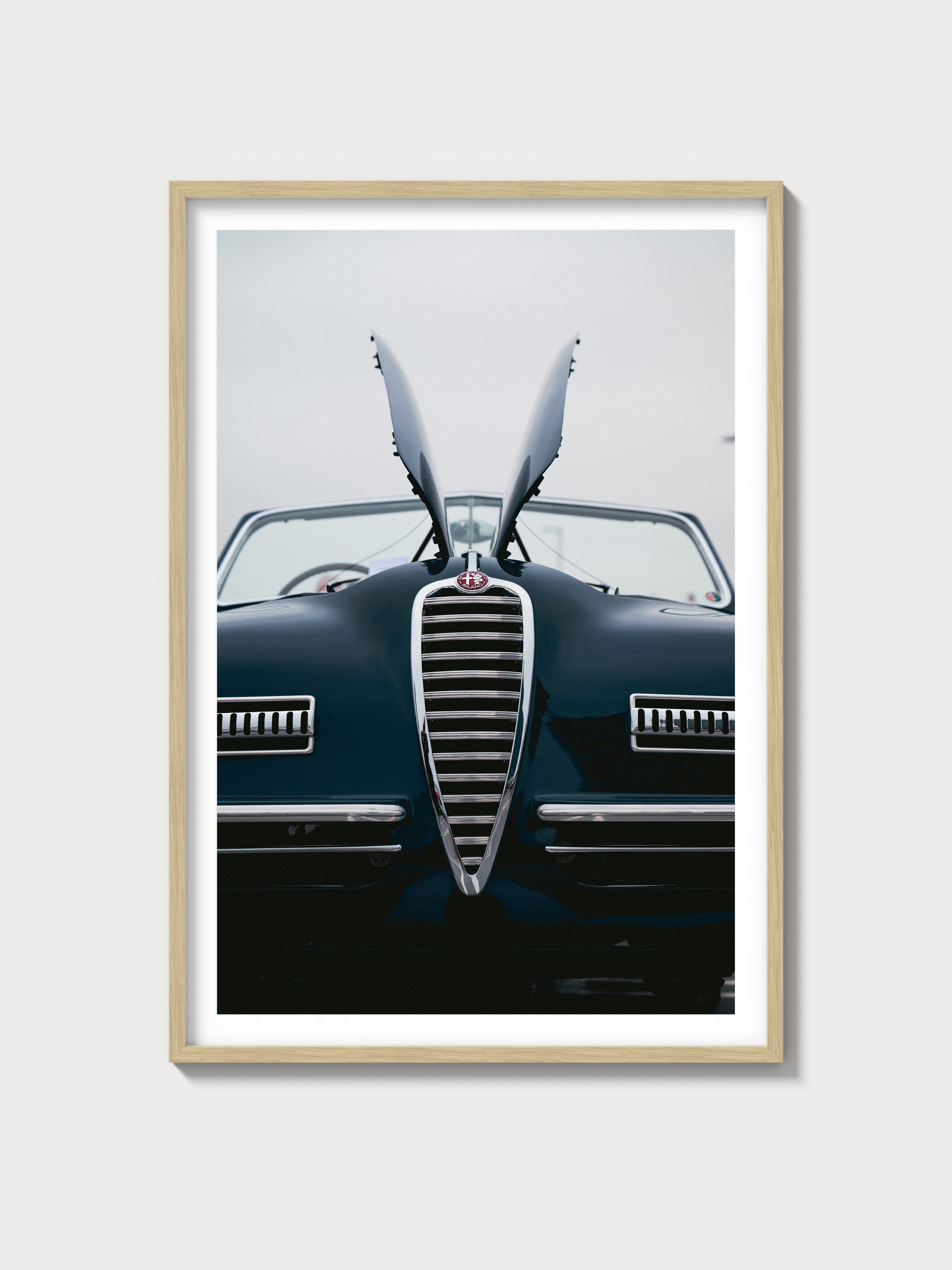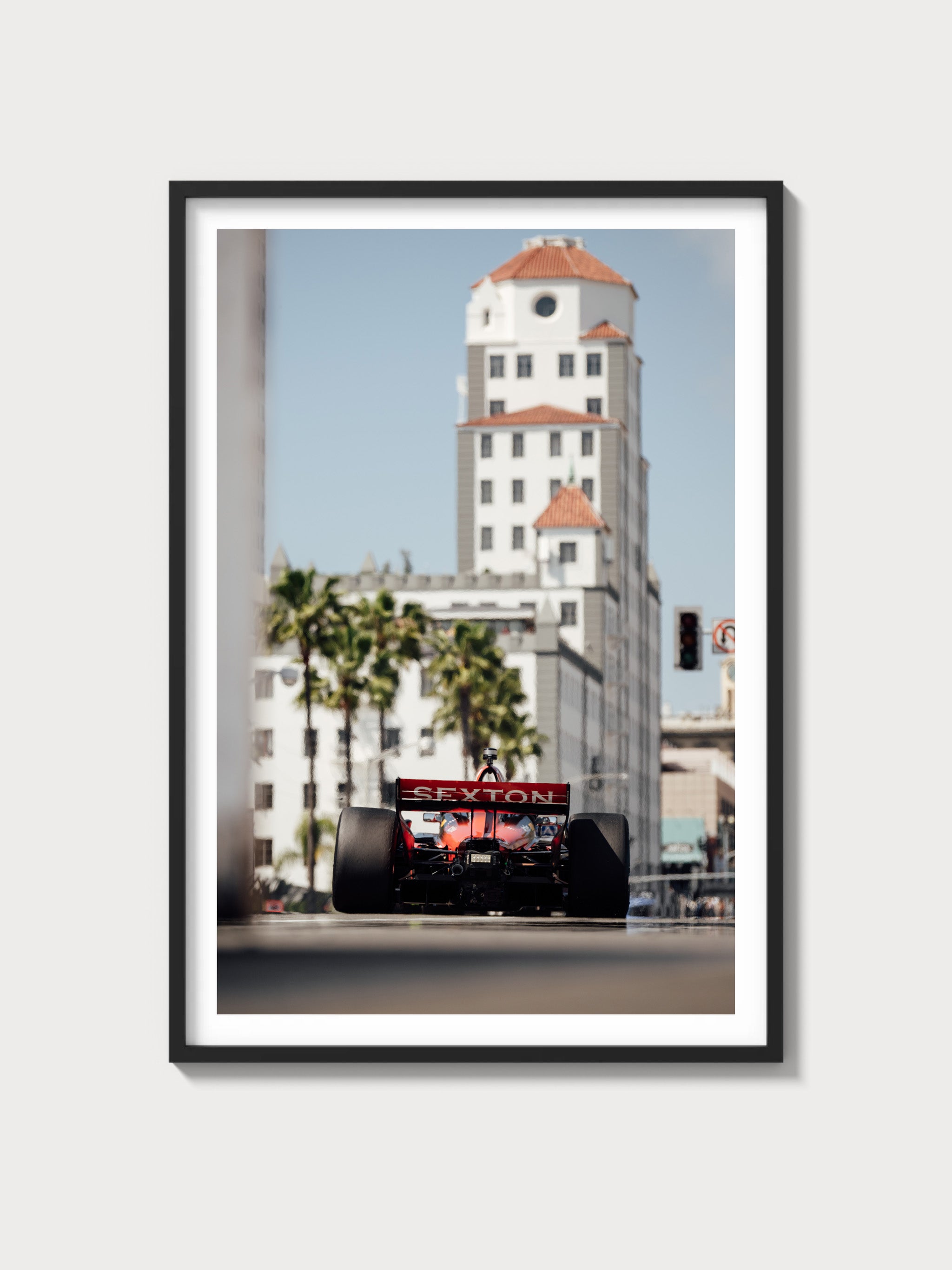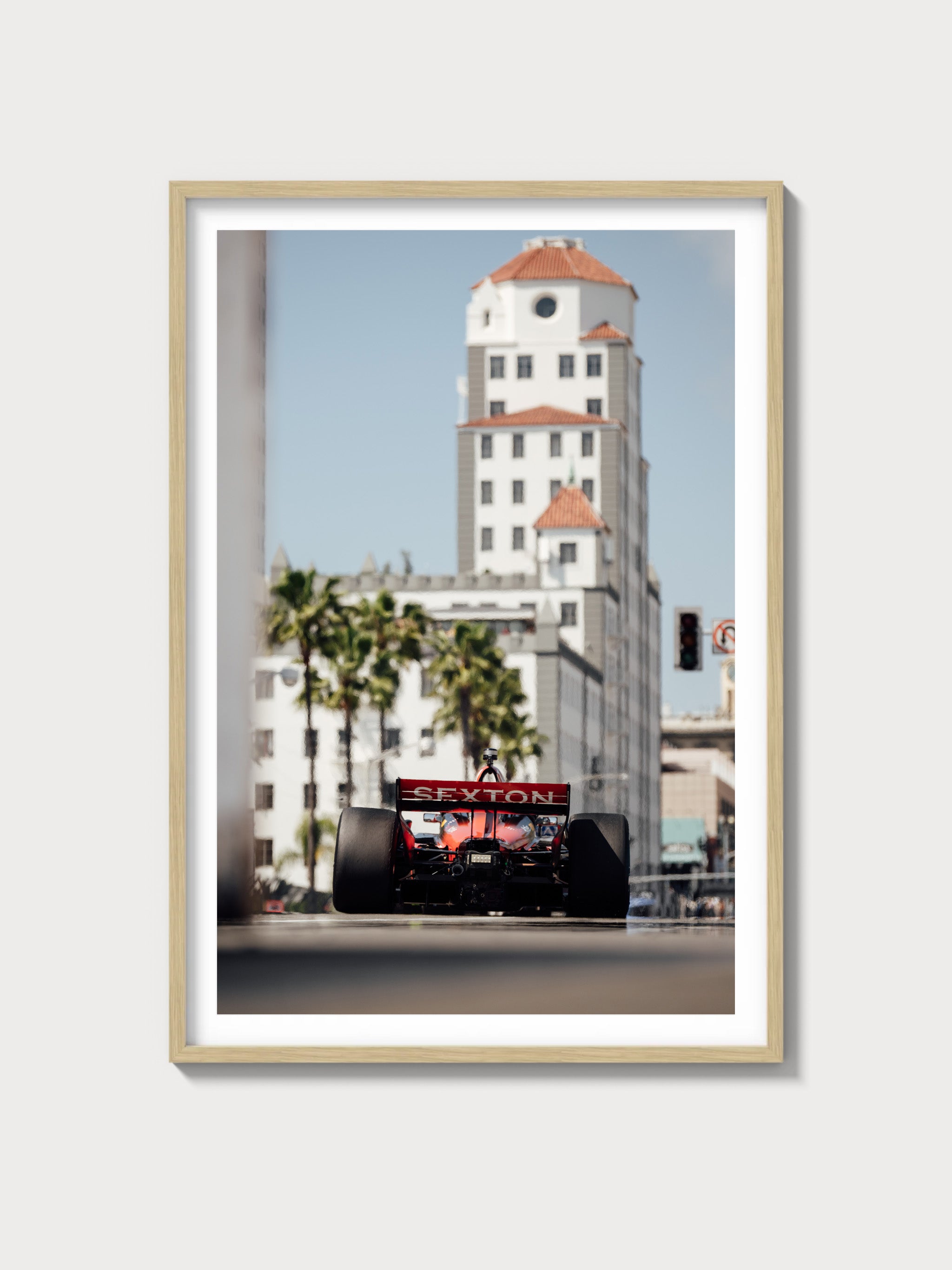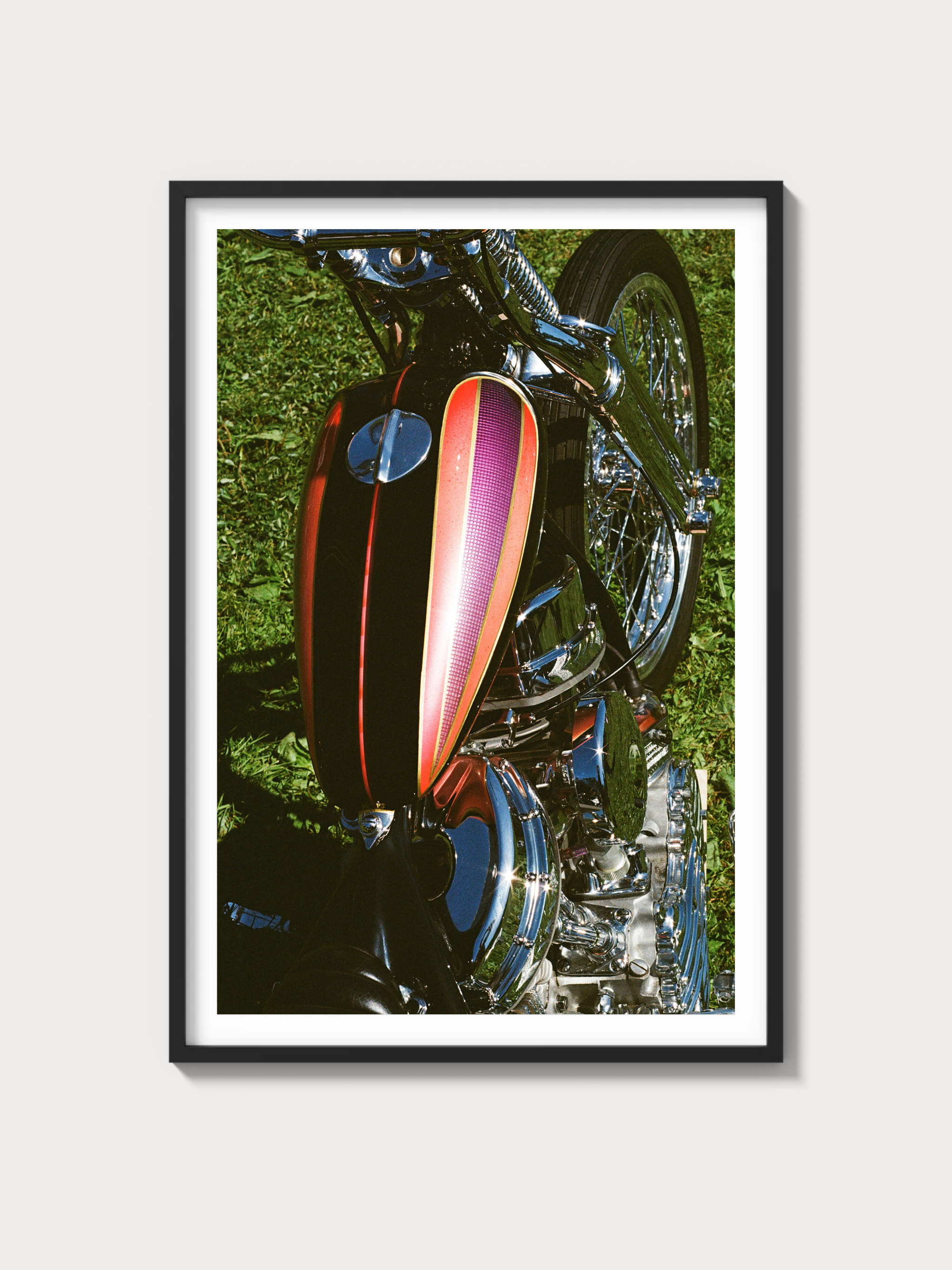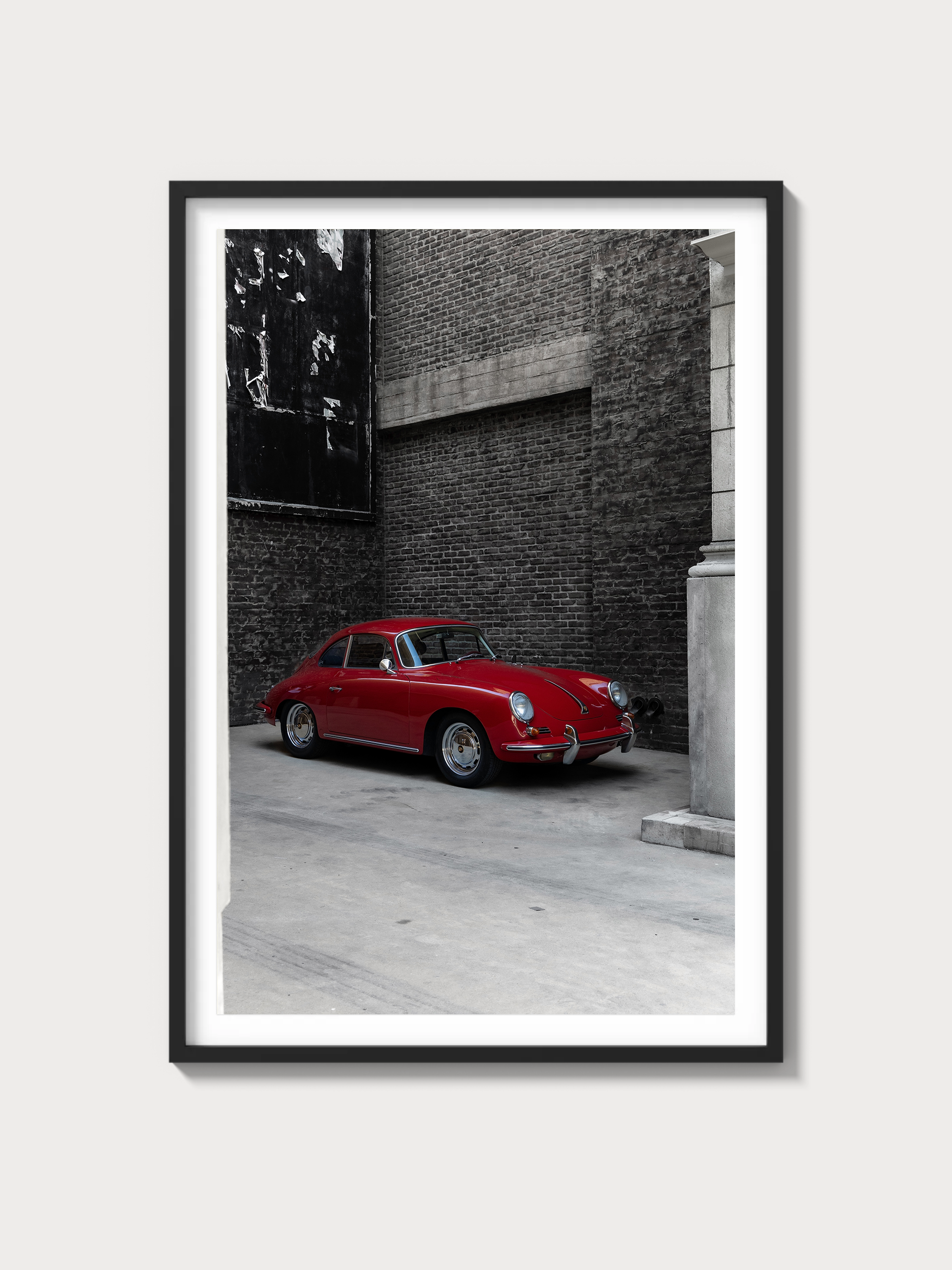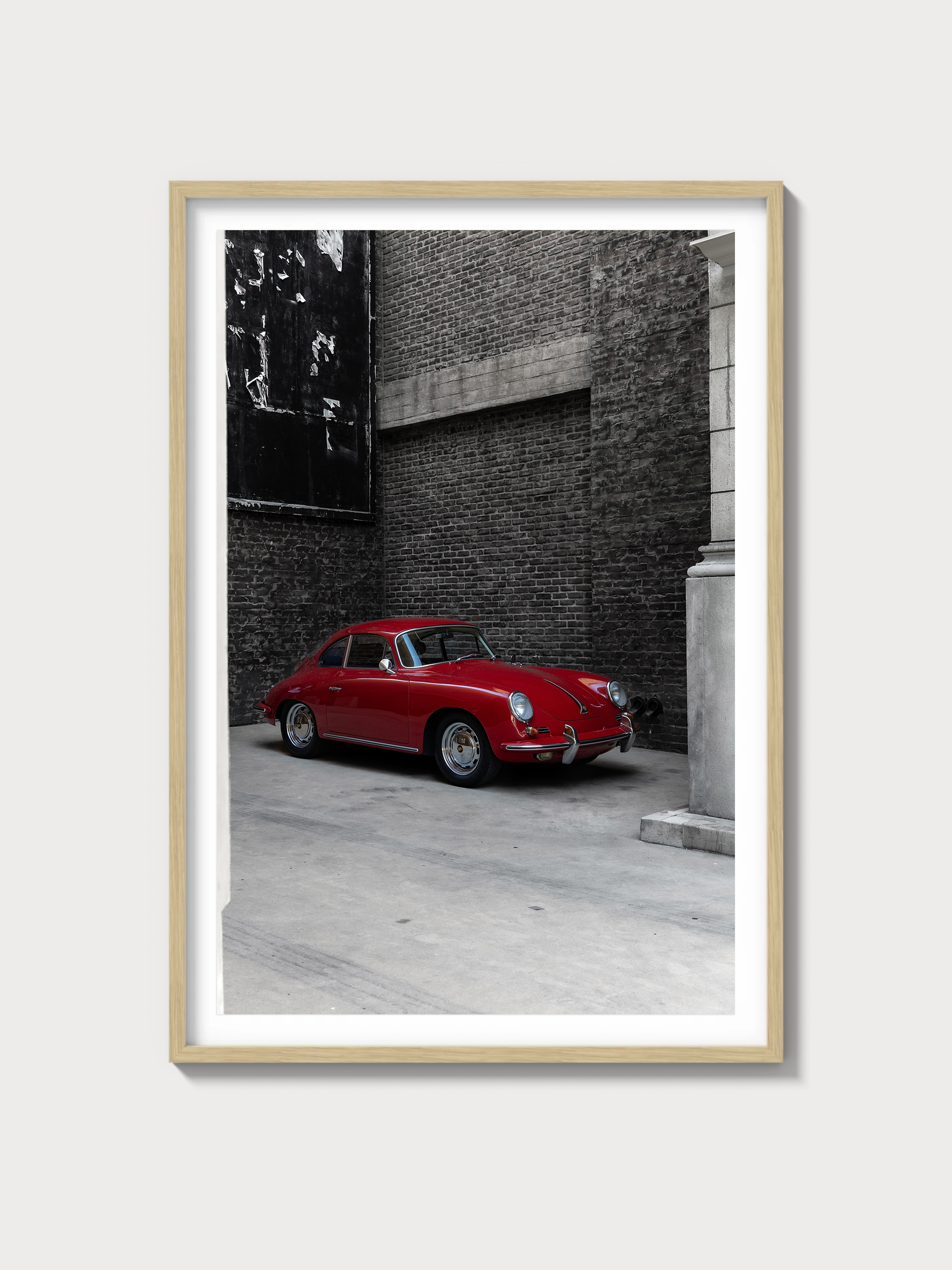Ferrari 458 Italia: The Definitive History, Specs, and Legacy
Introduction: Ferrari’s Mid-Engine Masterpiece
In the celebrated lineage of Ferrari’s road cars, the 458 Italia, introduced in 2009, stands as a mid-engine masterpiece—a sports car that redefined performance and design with a 4.5-liter V8. Crafted by Pininfarina, this model saw approximately 15,000 units produced across its Italia (coupe), Spider (convertible), and Speciale variants, succeeding the F430. Named to honor its Italian heritage, the 458 Italia blended race-bred dynamics, aerodynamic innovation, and visceral driving thrills, cementing its place as a pinnacle of Ferrari’s mid-engine legacy.
The year 2009 was a dynamic period for Ferrari, its racing triumphs—599 GTB Fiorano, California—complementing road car innovation under Luca di Montezemolo’s leadership. Unveiled at the 2009 Frankfurt Motor Show, the 458 Italia captivated with its sleek lines and potent V8. This exhaustive history, penned with a Ferrari historian’s precision, explores its technical brilliance, its iconic styling, its racing legacy, and its enduring impact.
Historical Context: Ferrari’s Mid-Engine Evolution
The Ferrari 458 Italia emerged during a transformative era for Maranello. By 2009, Ferrari’s racing pedigree—Enzo’s F1 mastery, F430’s racing success—had solidified its stature, yet the company sought to push its mid-engine GT lineage beyond the F430’s 17,500-unit run (2004-2009). The F430 had elevated the formula with its 4.3L V8, but Ferrari aimed for a more powerful, technologically advanced successor. The 458 Italia, with its larger 4.5L V8, direct injection, and cutting-edge aerodynamics, answered, targeting enthusiasts and collectors while rivaling the Lamborghini Gallardo LP560-4 and Porsche 911 GT2 RS.
A total of ~15,000 units were built (2009-2015)—approximately 7,000 Italias, 6,000 Spiders, and 2,000 Speciales—reflecting strong demand. Chassis 169876, the prototype, debuted at Frankfurt in September 2009, its flowing form signaling a new era. This was a car for a global elite—European racers, American performance buffs—its production balancing exclusivity with Ferrari’s prestige amid the post-2008 economic recovery.
The broader context of 2009 shaped its purpose. The sports car market evolved—McLaren MP4-12C, Audi R8—while buyers demanded cutting-edge performance. The 458 Italia bridged Ferrari’s racing heritage, rooted in the 360 Modena, with a modern mid-engine masterpiece.
Technical Specifications: The V8’s Race-Bred Power
The Ferrari 458 Italia’s heart was its 4.5-liter V8—a race-inspired powerplant designed for exhilarating performance. Below, we dissect its engineering with historian’s detail.
Engine: The 4.5-Liter F136 V8
Displacing 4,499 cc (bore 94 mm, stroke 81 mm), the 458’s V8 was a mid-mounted, all-aluminum unit with a 90-degree V-angle, featuring four valves per cylinder (double overhead camshafts per bank), a 12.5:1 compression ratio, and direct fuel injection. It produced 570 horsepower at 9,000 rpm (European spec) or 562 hp at 9,000 rpm (US spec)—an 80 hp gain over the F430’s 490 hp. Weighing 315 lbs, it delivered 398 lb-ft of torque at 6,000 rpm.
This engine was a mid-engine marvel. Chassis 172543, a 2010 Italia, showcased its screaming, high-revving power, blending race-bred intensity with road refinement.
Performance: Supercar Speed
The 458 Italia reached 202 mph (325 km/h), Spider 199 mph (320 km/h)—verified by Autocar’s 2010 test—outpacing the F430’s 196 mph, with 0-60 mph times of ~3.3 seconds (Italia) and ~3.4 seconds (Spider). Its power-to-weight ratio (413 hp/ton European, 407 hp/ton US) surpassed the F430 (338 hp/ton), offering a thrilling supercar experience.
Chassis and Suspension: Mid-Engine Precision
The chassis was an aluminum spaceframe, weighing 1,380 kg (3,042 lbs) for Italia and 1,430 kg (3,153 lbs) for Spider—70 kg lighter than the F430 due to optimized design. Its 2,650 mm wheelbase (50 mm longer than the F430) enhanced stability, with fully independent suspension—double wishbones front, multilink rear, with coil springs and magnetorheological dampers (SCM-E)—delivering razor-sharp handling and a refined ride.
Transmission and Brakes: F1-Derived Mastery
A 7-speed dual-clutch transmission—transverse-mounted—drove the rear wheels, its ratios (1st: 2.93, 7th: 0.76) favoring acceleration, with paddle-shift operation (50-ms shifts). Braking relied on 15-inch carbon-ceramic disc brakes with ABS, delivering 1.2g deceleration—exceptional for its class.
| Specification | Details |
|---|---|
| Engine | 4.5L V8, 570 hp @ 9,000 rpm (562 hp US) |
| Displacement | 4,499 cc (94 mm x 81 mm) |
| Top Speed | ~202 mph (Italia) / 199 mph (Spider) |
| 0-60 mph | ~3.3 sec (Italia) / 3.4 sec (Spider) |
| Weight | 1,380 kg (Italia) / 1,430 kg (Spider) |
| Transmission | 7-speed dual-clutch, paddle-shift |
| Suspension (Front) | Double wishbone, coil springs, magnetorheological dampers |
| Suspension (Rear) | Multilink, coil springs, magnetorheological dampers |
| Brakes | Carbon-ceramic discs, 15-inch, ABS |
Design and Styling: Pininfarina’s Aerodynamic Artistry
The Ferrari 458 Italia’s aesthetic was a Pininfarina triumph, blending aerodynamic innovation with mid-engine elegance.
Exterior: Sculpted Supercar Form
Pininfarina built all ~15,000 units—chassis 169876 (Italia) featured a sleek nose, triple exhausts, and active aero flaps, finished in Rosso Scuderia, with Spider variants adding a retractable hardtop. Its 2,650 mm wheelbase and aluminum body offered a sculpted, aerodynamic profile, with flowing lines enhancing its supercar allure.
Interior: Refined Supercar Cockpit
The cabin was a driver-focused retreat: leather bucket seats (black or tan), a digital dash with steering-mounted controls, and minimal gauges—tachometer (10,000 rpm redline), speedometer. Chassis 172543’s interior, with upgrades over the F430, balanced sportiness with refinement, contrasting the California’s luxury focus.
Production and Variants: A Mid-Engine Legacy
The Ferrari 458 Italia’s ~15,000-unit run (2009-2015) included ~7,000 Italias, ~6,000 Spiders (2011), and ~2,000 Speciales (2013), with specials like the Speciale A (499 units, 2014). Chassis 169876 launched the series, while 185432 closed it, transitioning to the 488 GTB. Its focus spanned road and track excellence.
Performance and Racing Legacy: A Track-Bred Icon
The Ferrari 458 Italia racing history excelled with the 458 Challenge and GT variants, winning at Le Mans (2011, 2012) and the 24 Hours of Daytona. Chassis 171543 (458 Challenge) showcased its track dominance. On the road—Autostrada, Mulholland Drive—its 202 mph top speed and agile handling reigned supreme.
Ownership and Market Value: A Modern Classic
The Ferrari 458 Italia value reflects its iconic status. Early owners included European racers and U.S. enthusiasts. Today, prices range $200,000-$250,000—chassis 169876 sold for $230,000 at RM Sotheby’s 2023. Restoration costs—V8 rebuilds at $100,000—highlight its enduring appeal.
Cultural Impact: Ferrari’s Mid-Engine Pinnacle
The 458 Italia redefined Ferrari’s mid-engine lineage, its V8 and aerodynamic mastery influencing the 488 GTB. In 2010s lore, it’s the car of pure performance and timeless design, a pinnacle of Ferrari’s sports car heritage.
Comparisons: Ferrari 458 Italia vs Rivals
The Ferrari 458 Italia vs Lamborghini Gallardo LP560-4 pits 570 hp V8 against 552 hp V10—Ferrari led in refinement, Lamborghini in drama. The Porsche 911 GT2 RS (620 hp) outpowered it but trailed in elegance.
| Model | Engine | Power | Weight | Top Speed |
|---|---|---|---|---|
| Ferrari 458 Italia | 4.5L V8 | 570 hp | 1,380-1,430 kg | ~202/199 mph |
| Lamborghini Gallardo LP560-4 | 5.2L V10 | 552 hp | 1,410 kg | ~202 mph |
| Porsche 911 GT2 RS | 3.6L Flat-6 Turbo | 620 hp | 1,370 kg | ~205 mph |
Frequently Asked Questions
What was the Ferrari 458 Italia?
A 2009 4.5L V8 mid-engine sports car.
How many were made?
~15,000 units (~7,000 Italia, ~6,000 Spider, ~2,000 Speciale).
What engine powered it?
4,499 cc V8, 570 hp (562 hp US).
Did it race?
Yes—Challenge and GT variants dominated.
What’s its value?
$200,000-$250,000.

